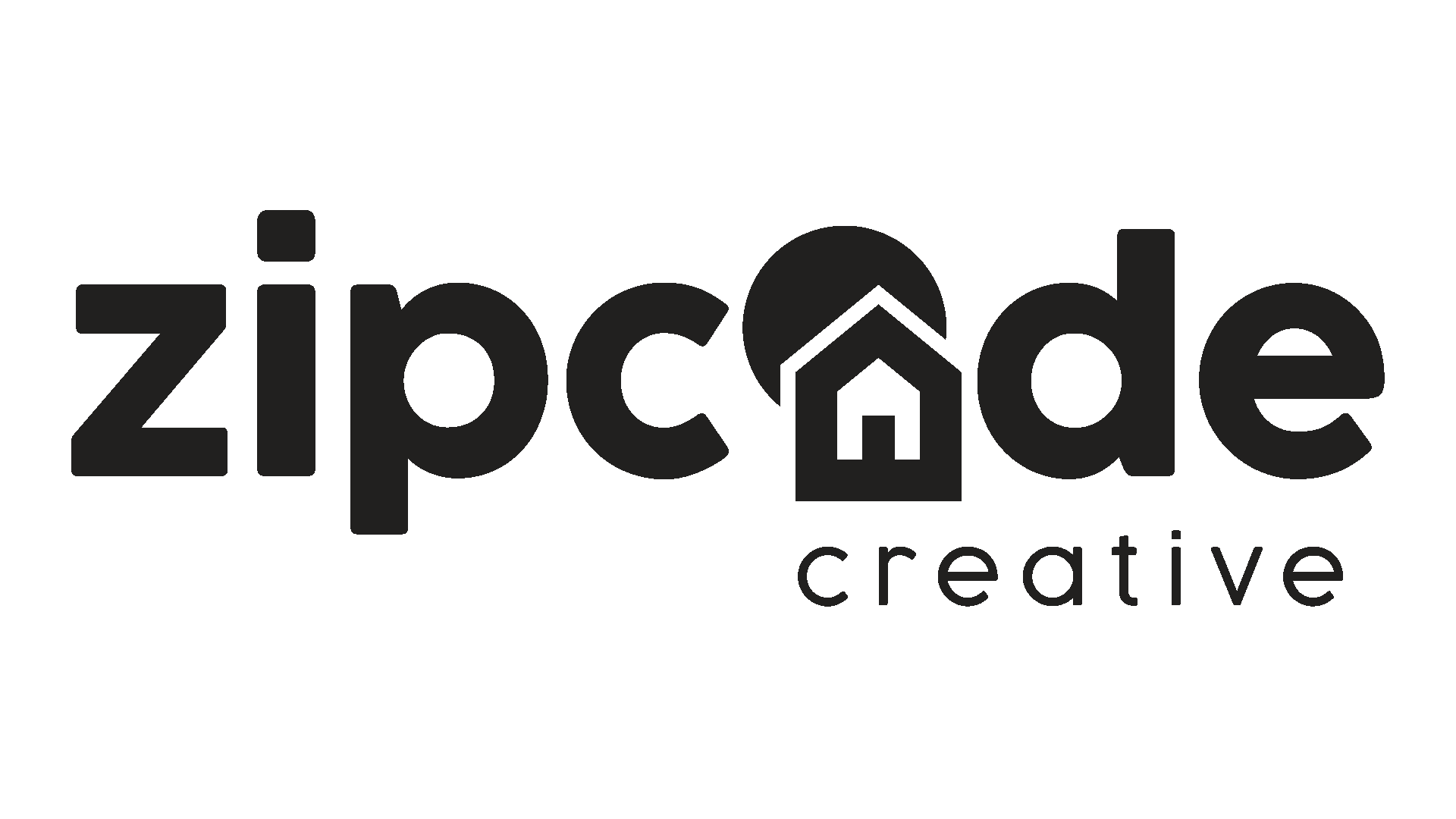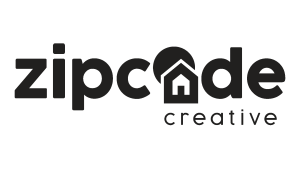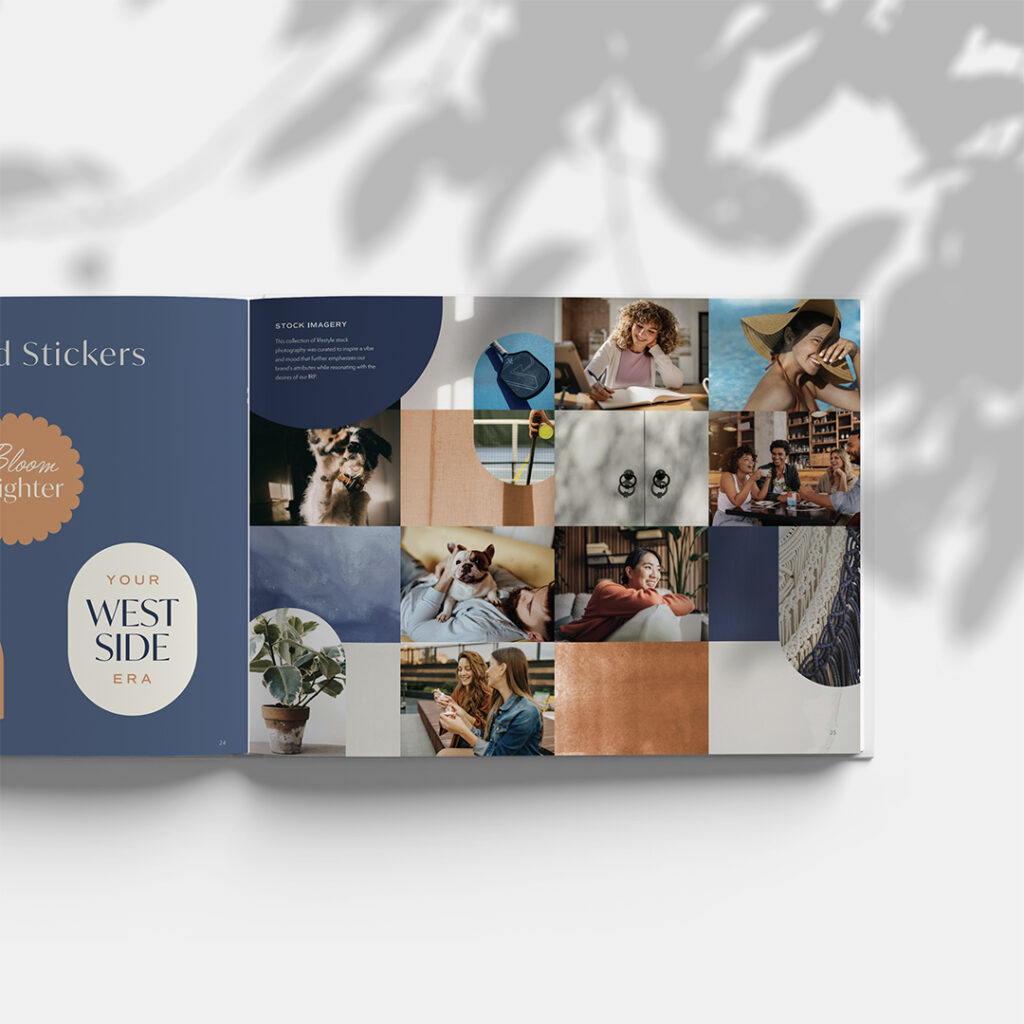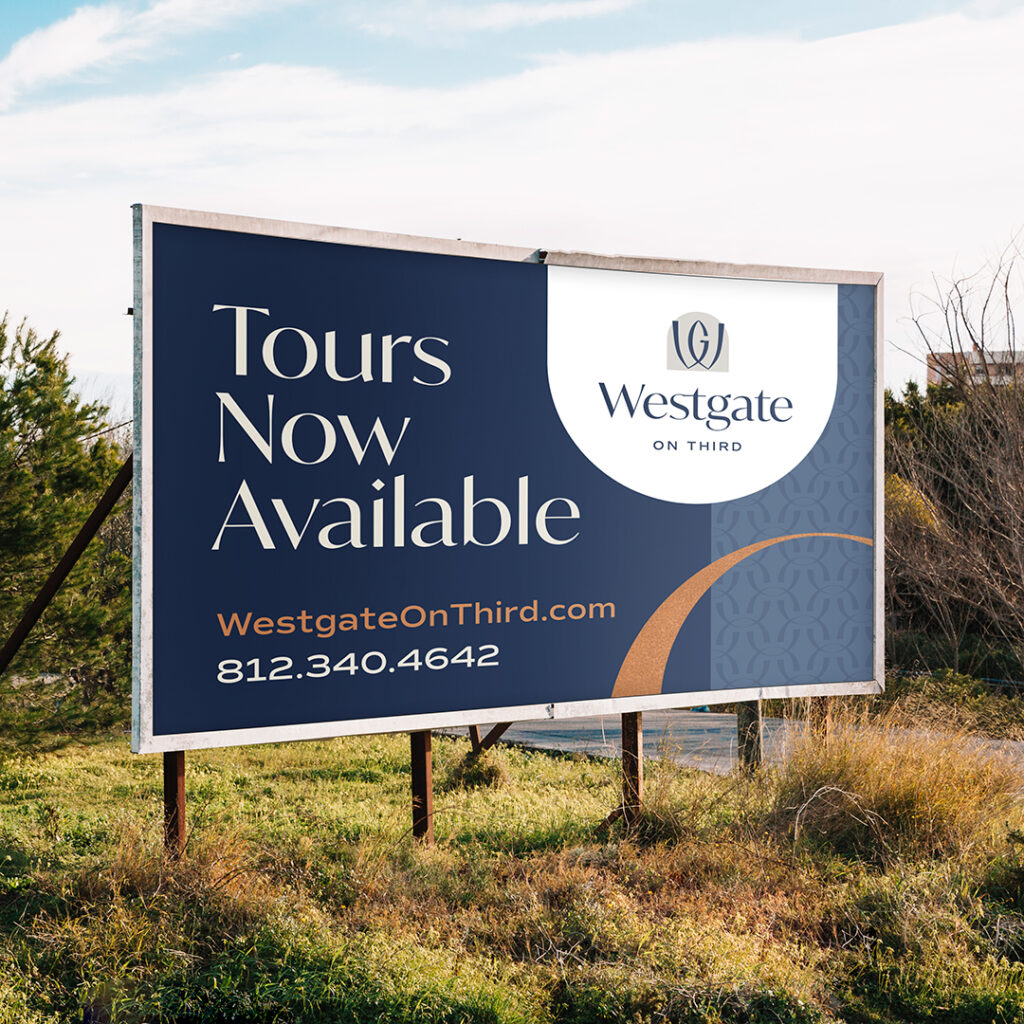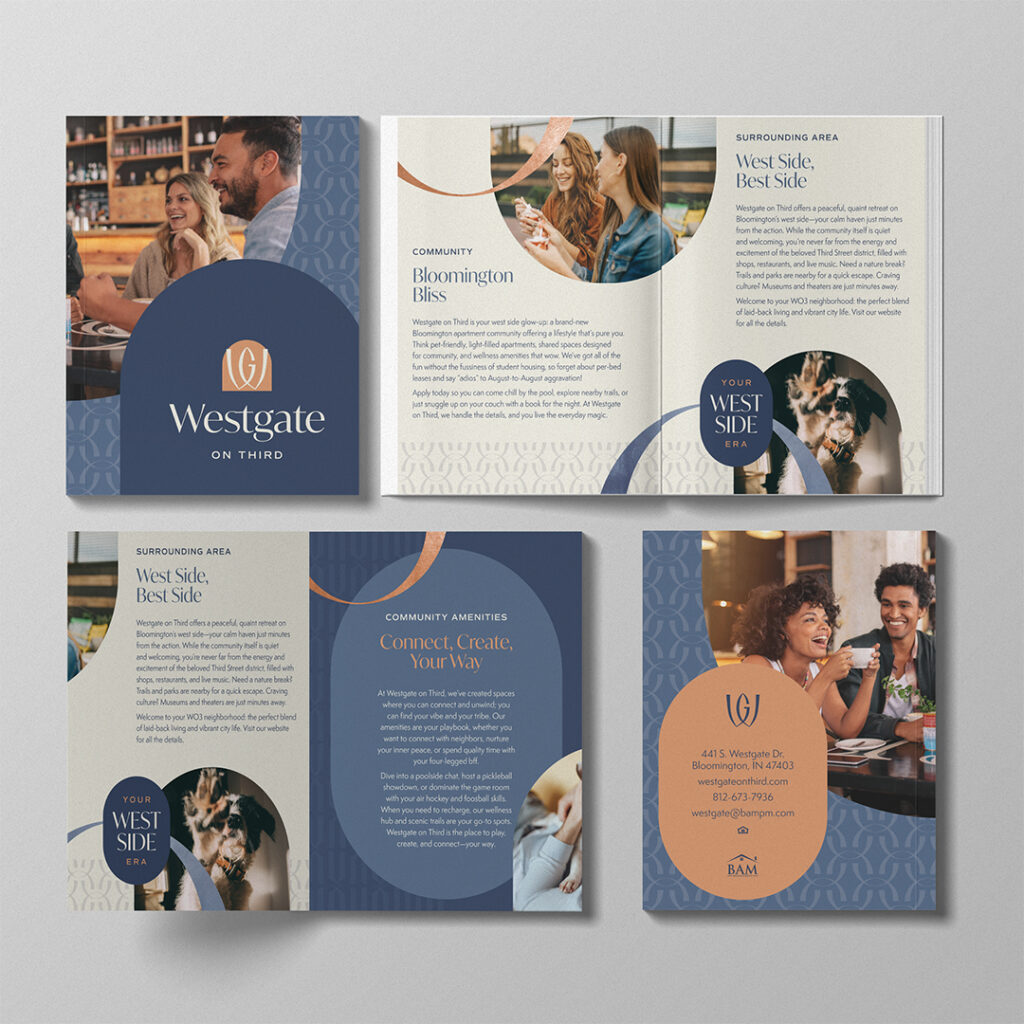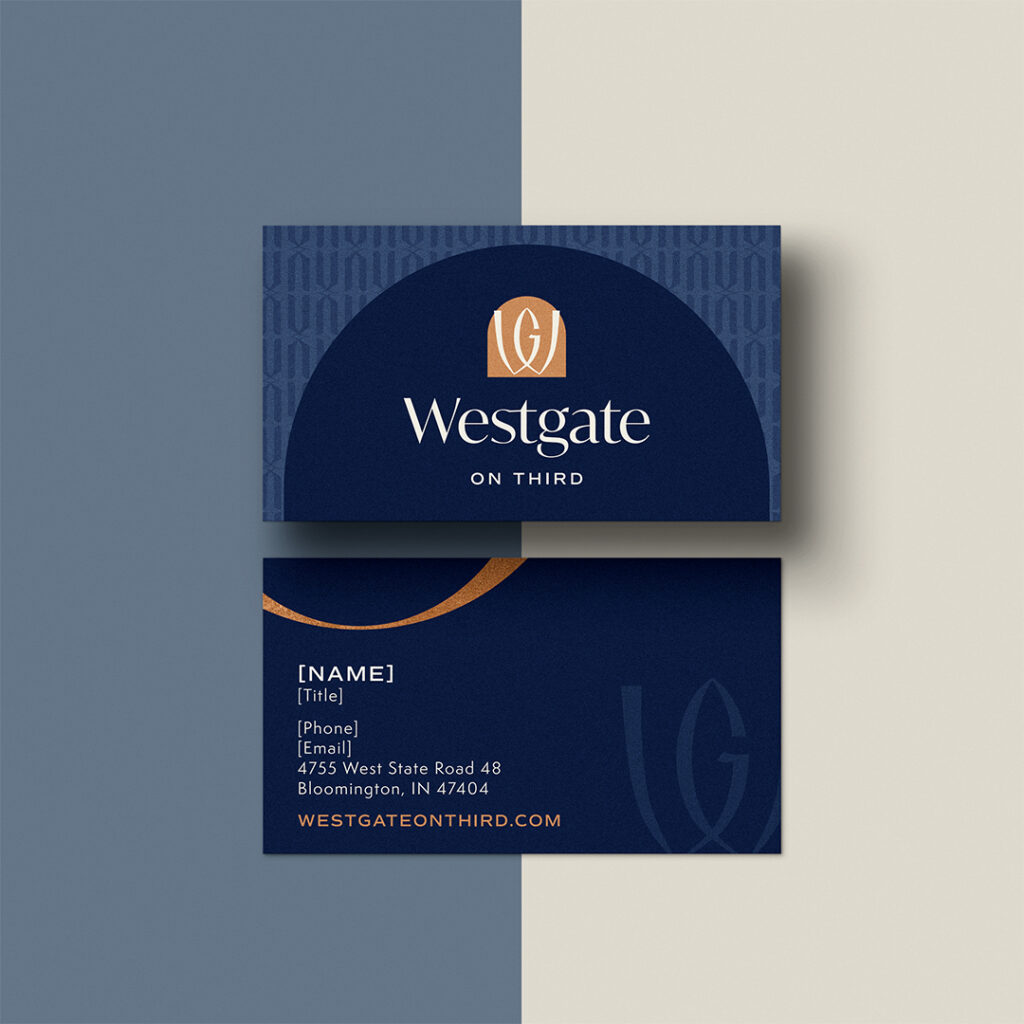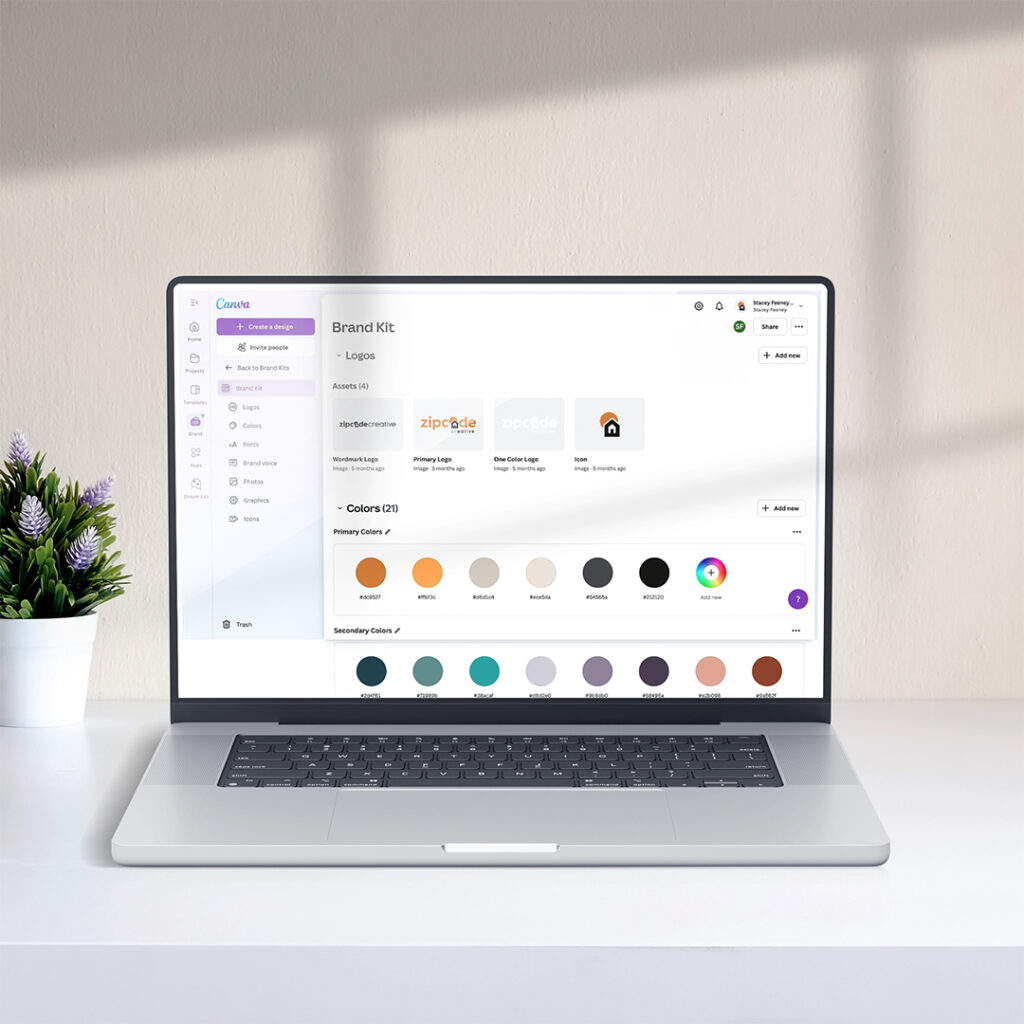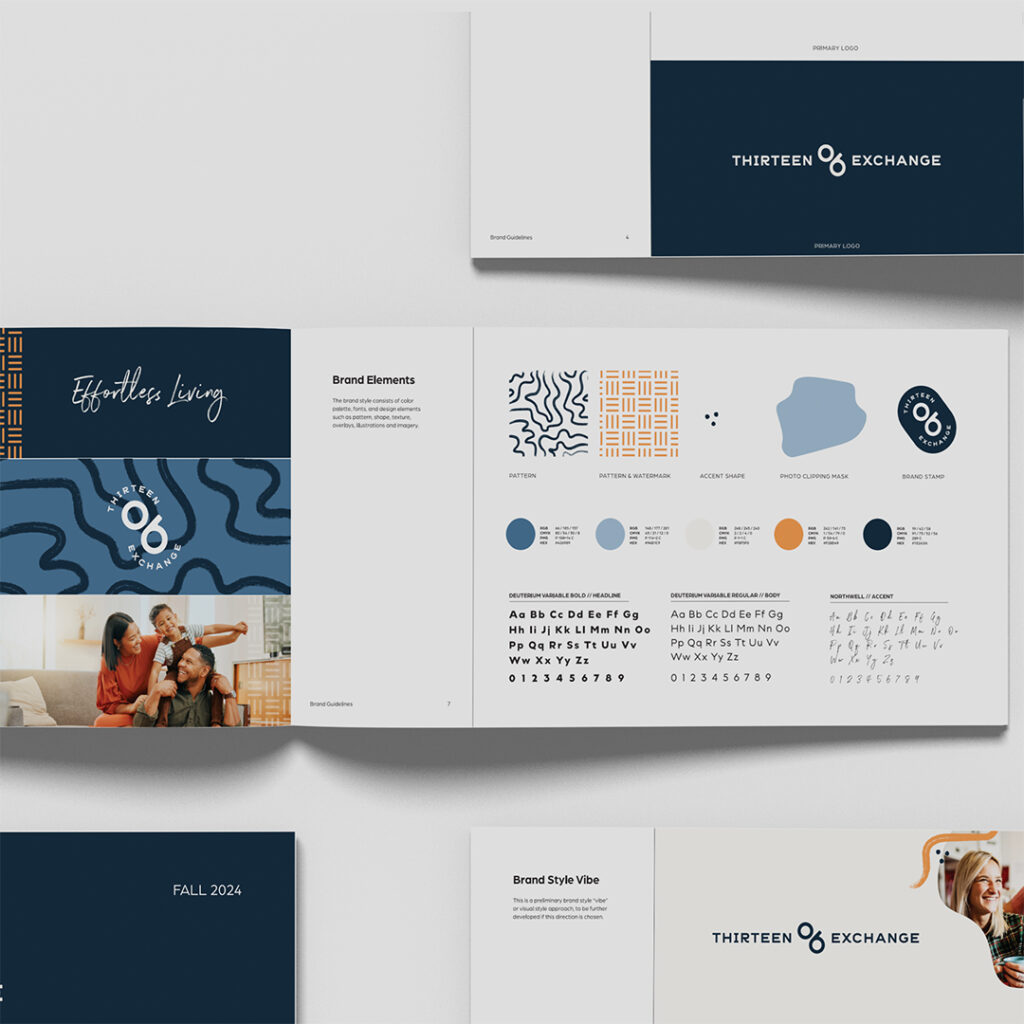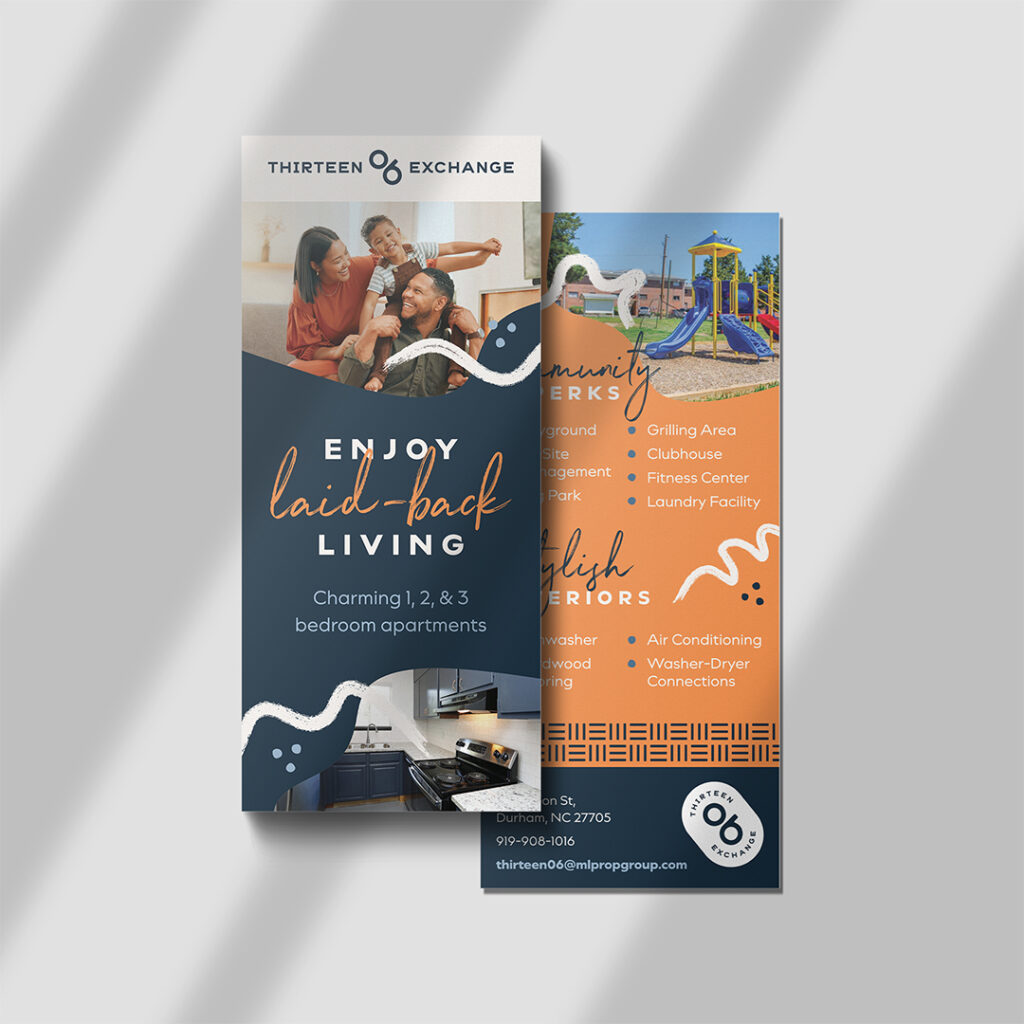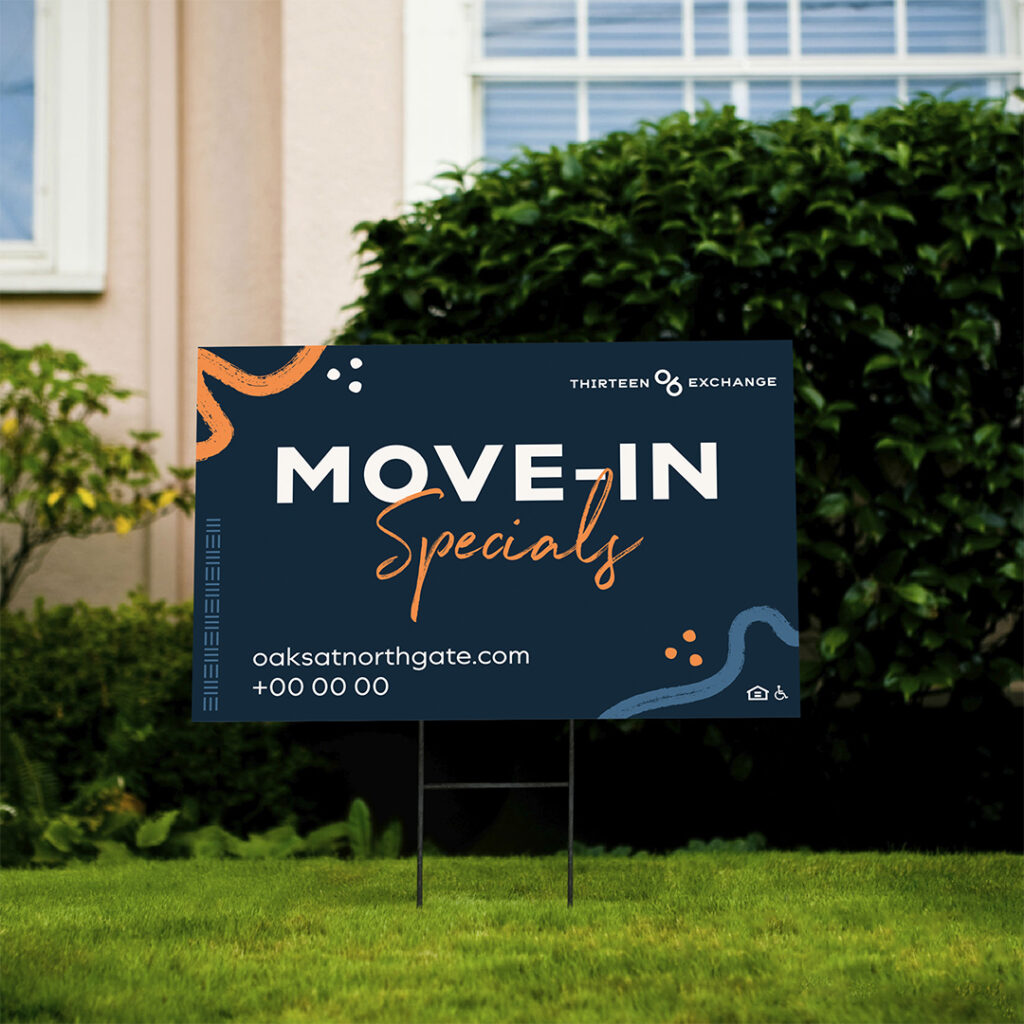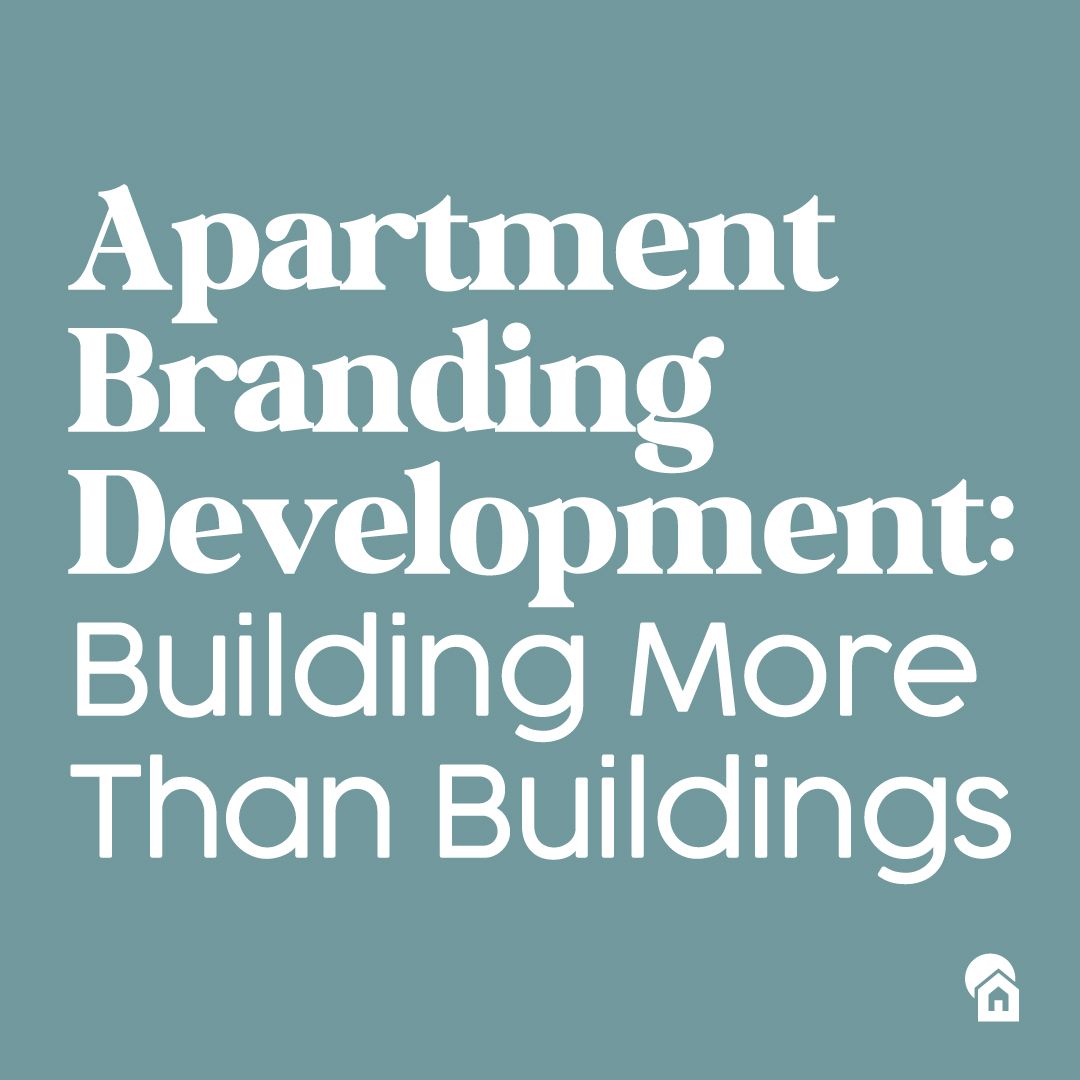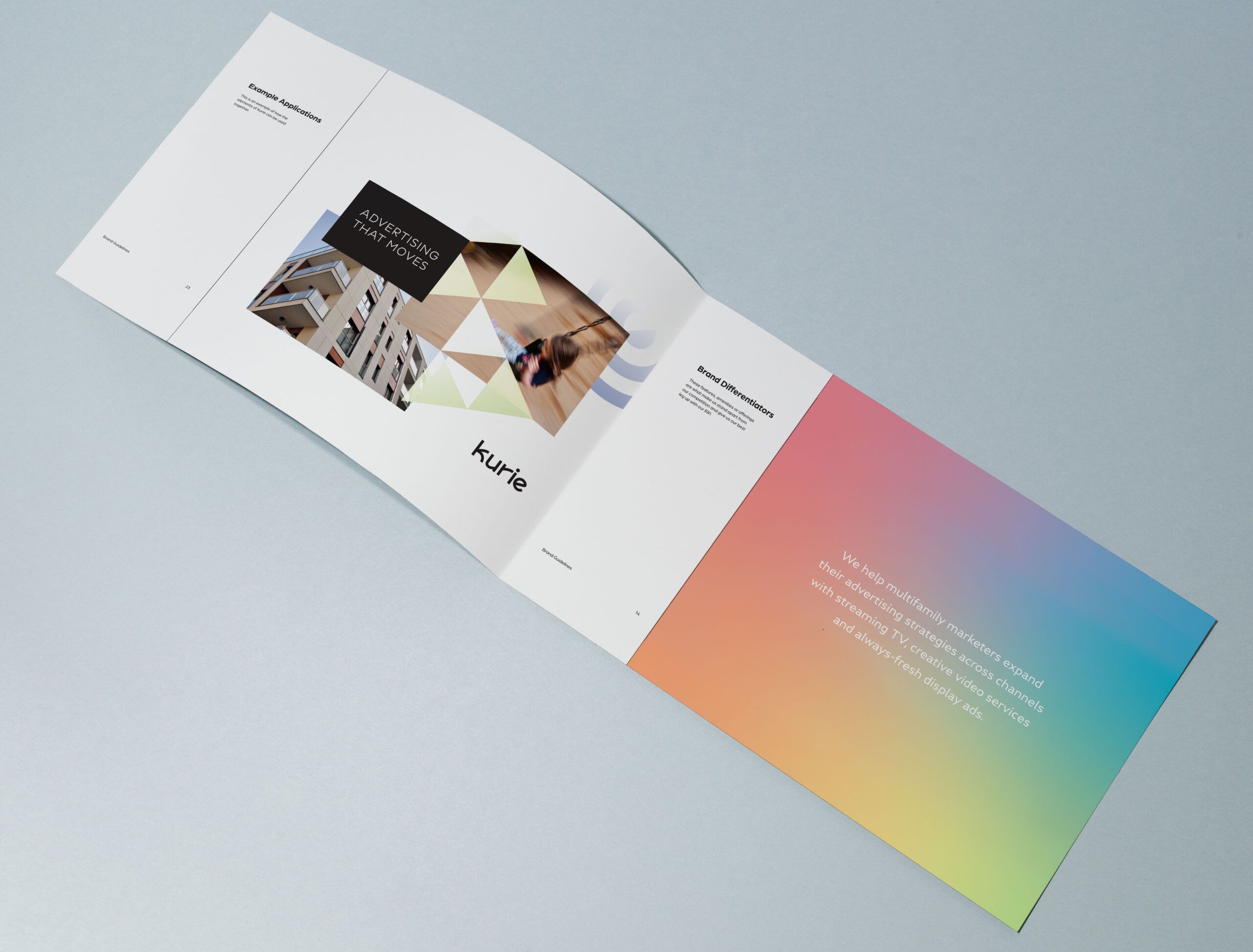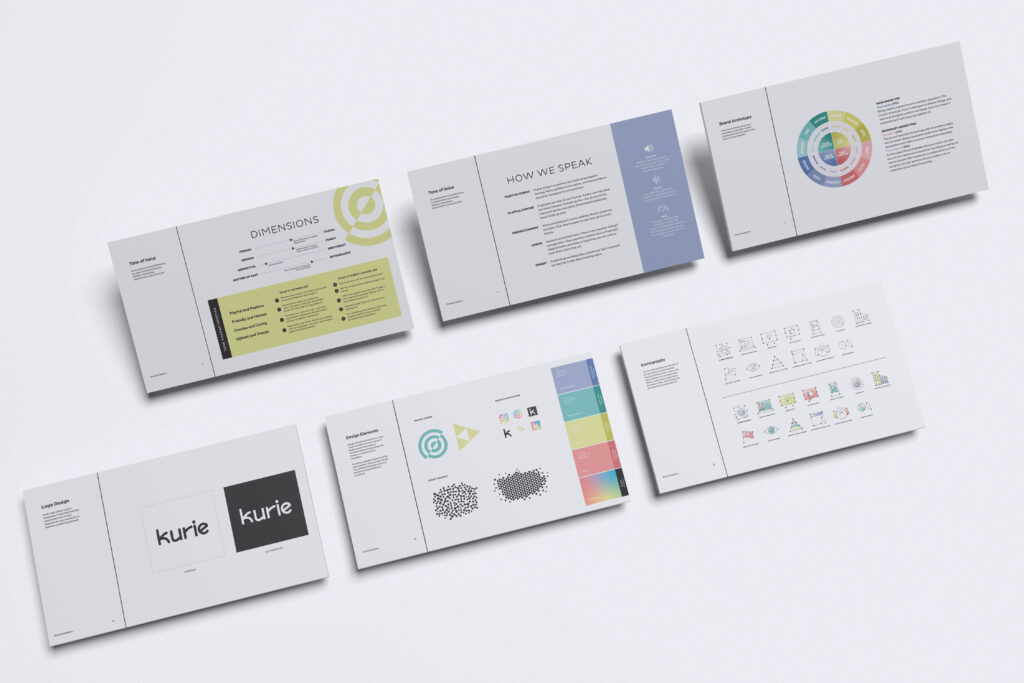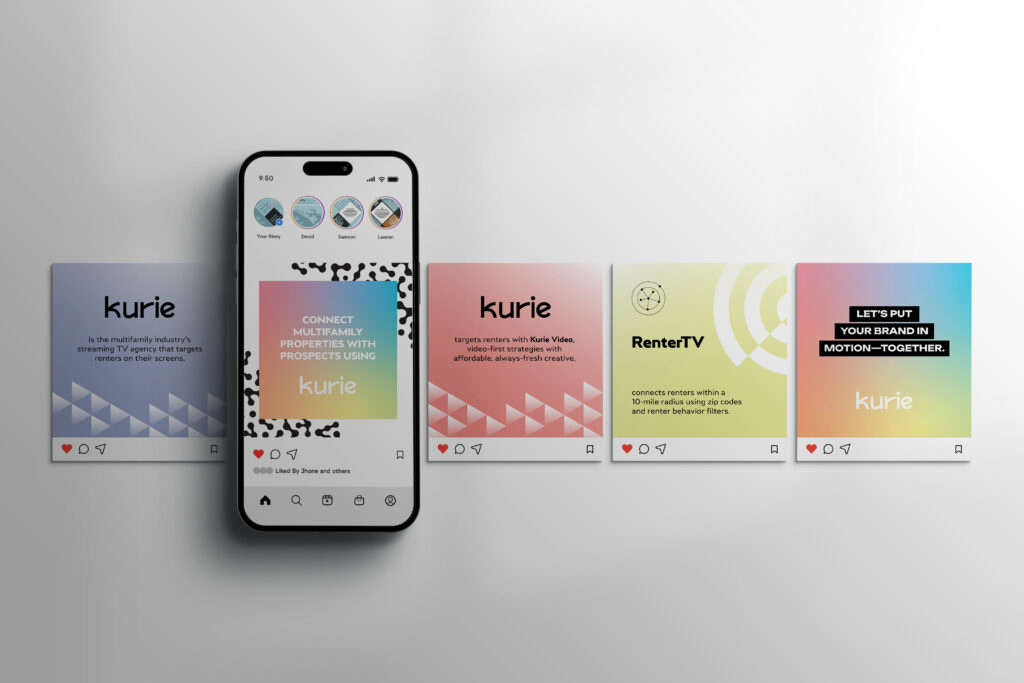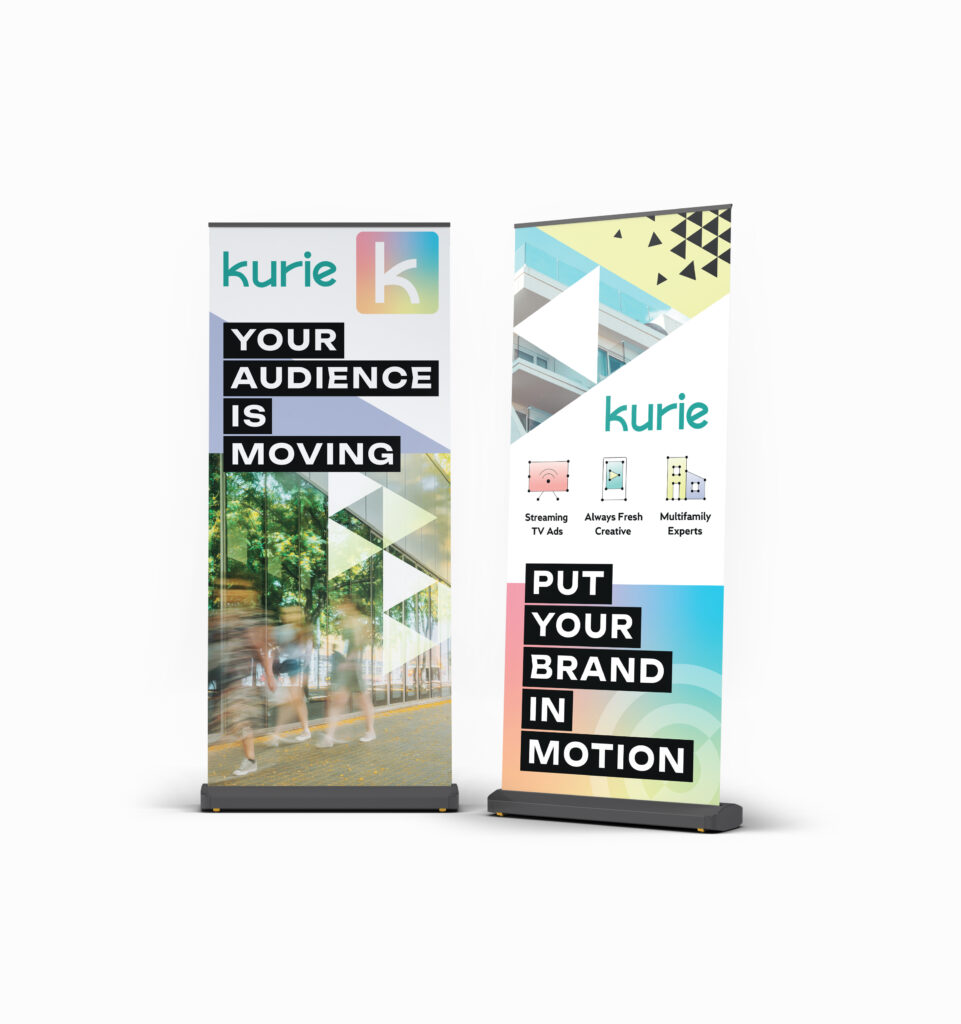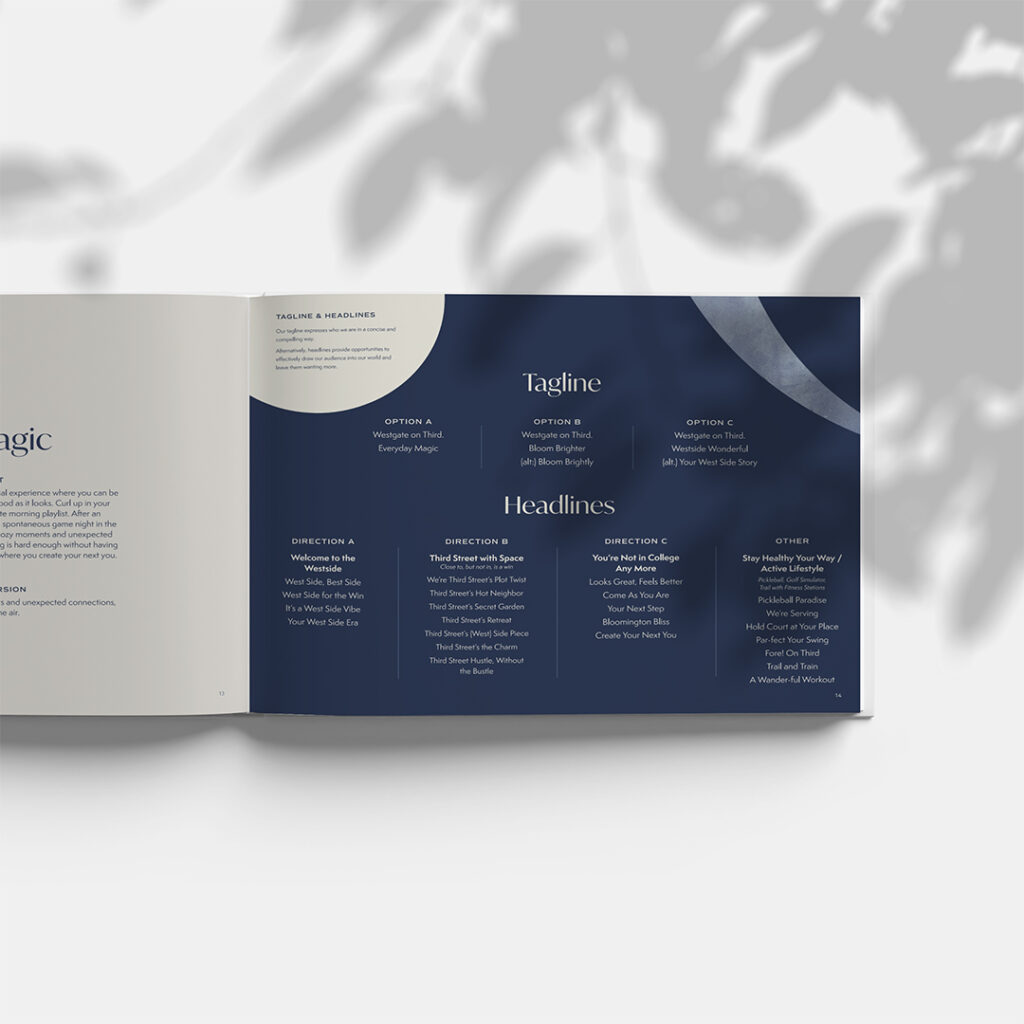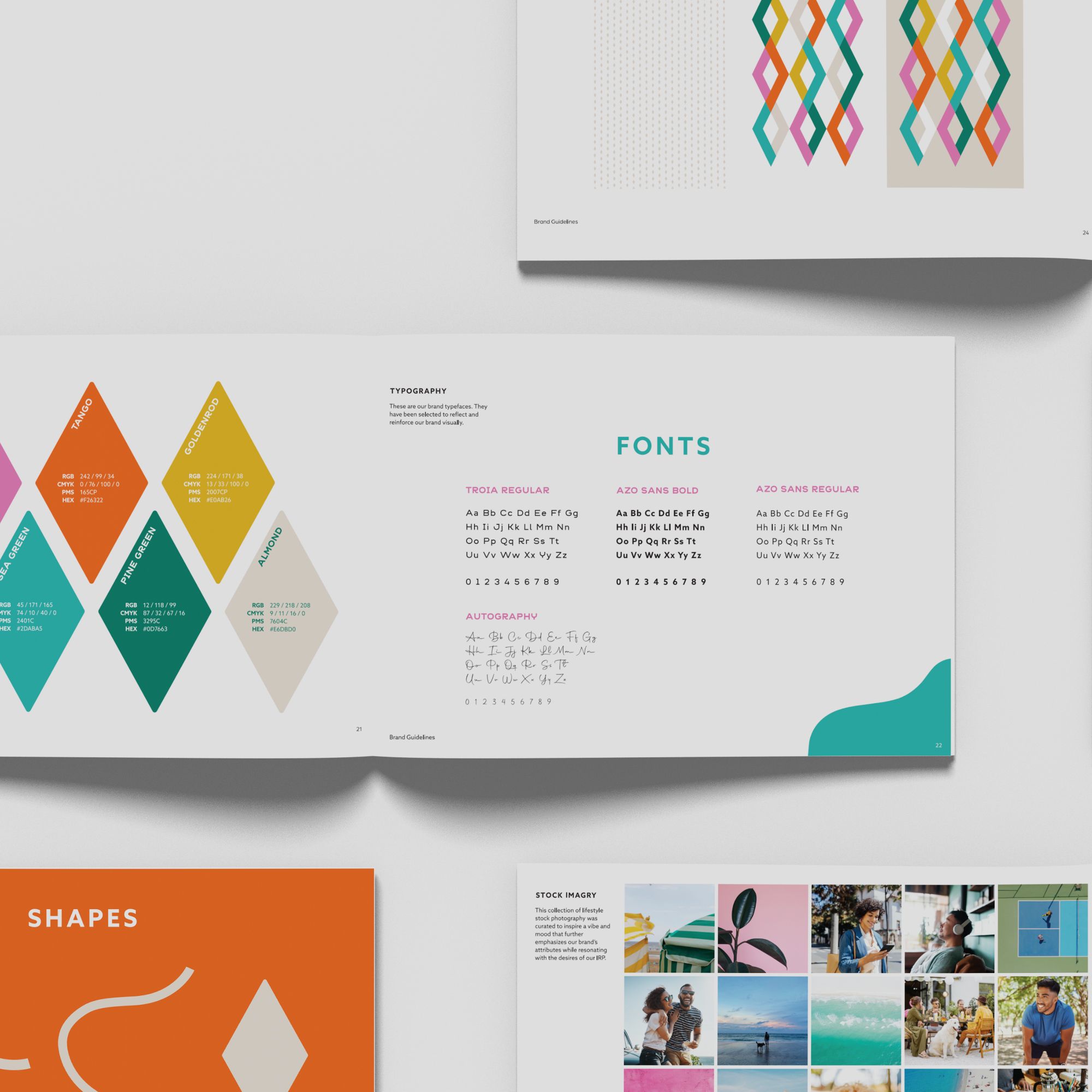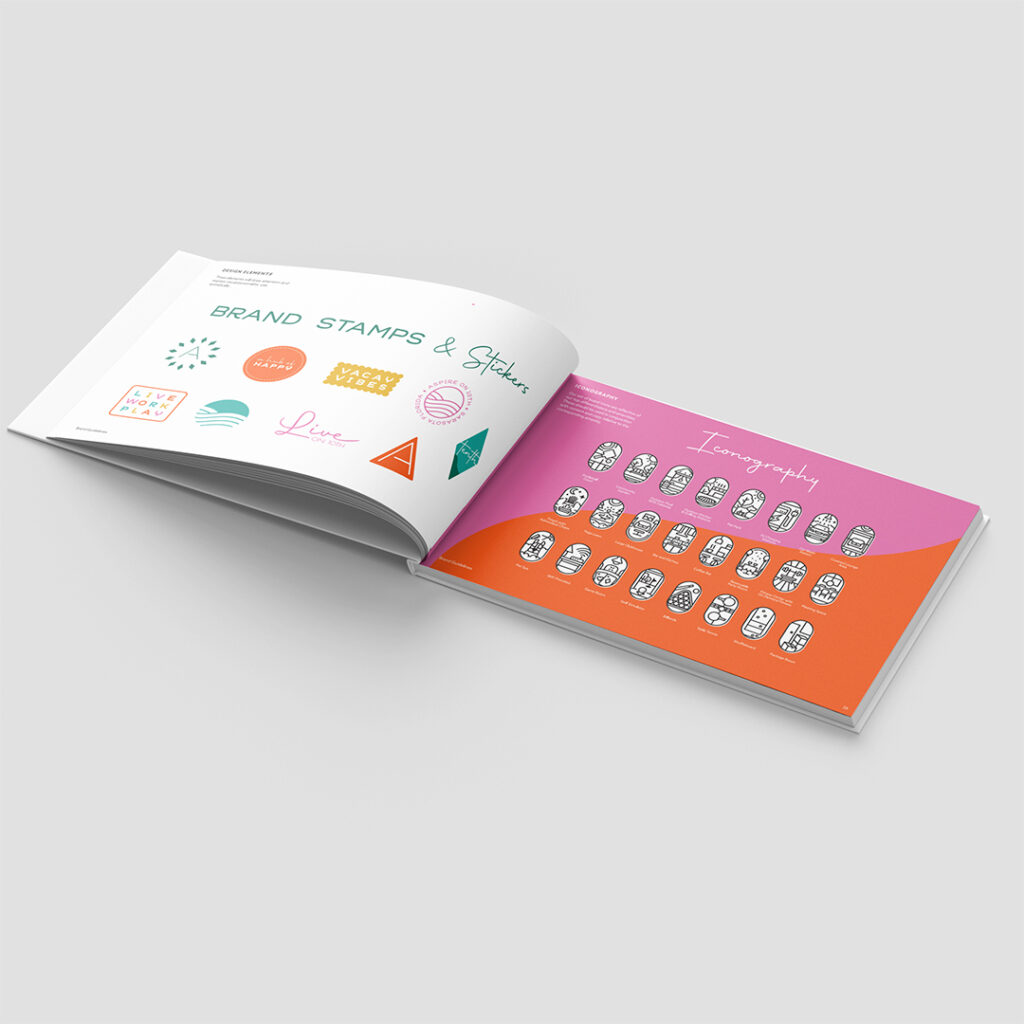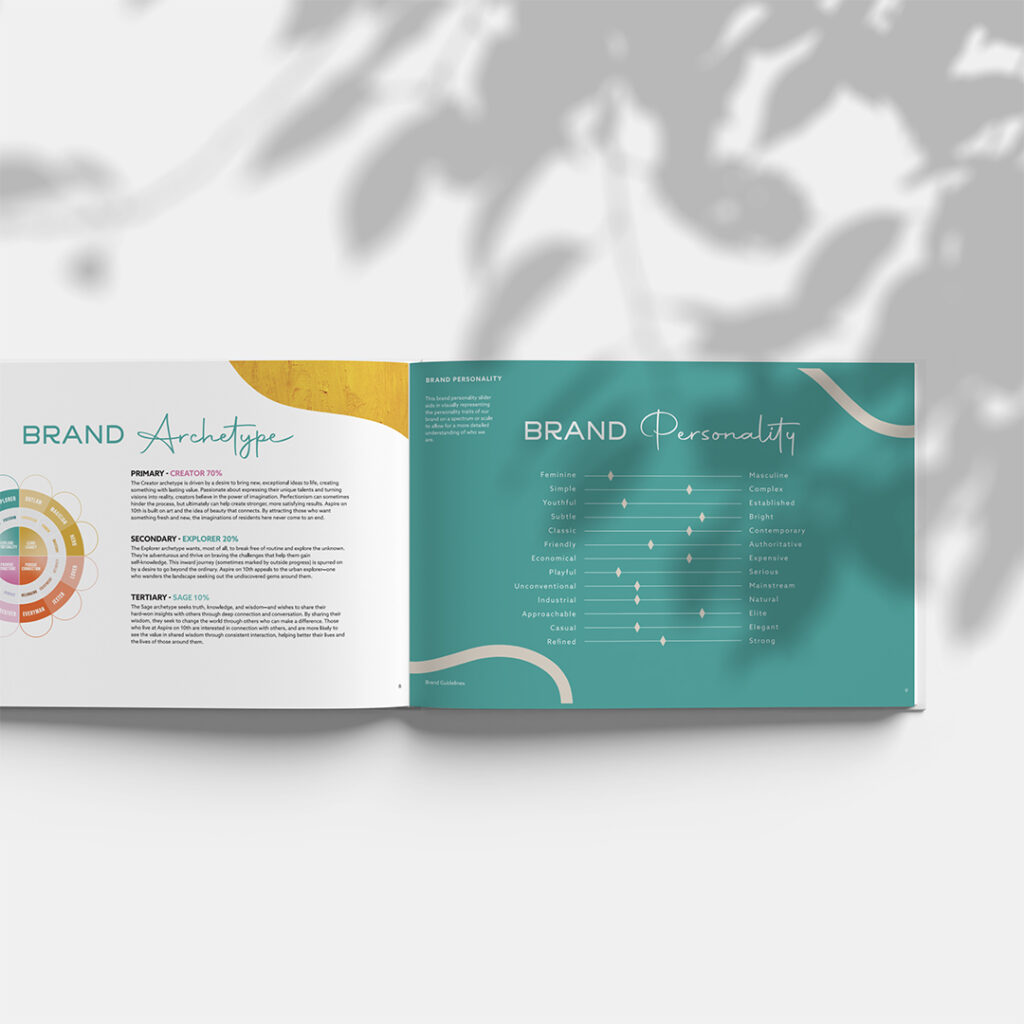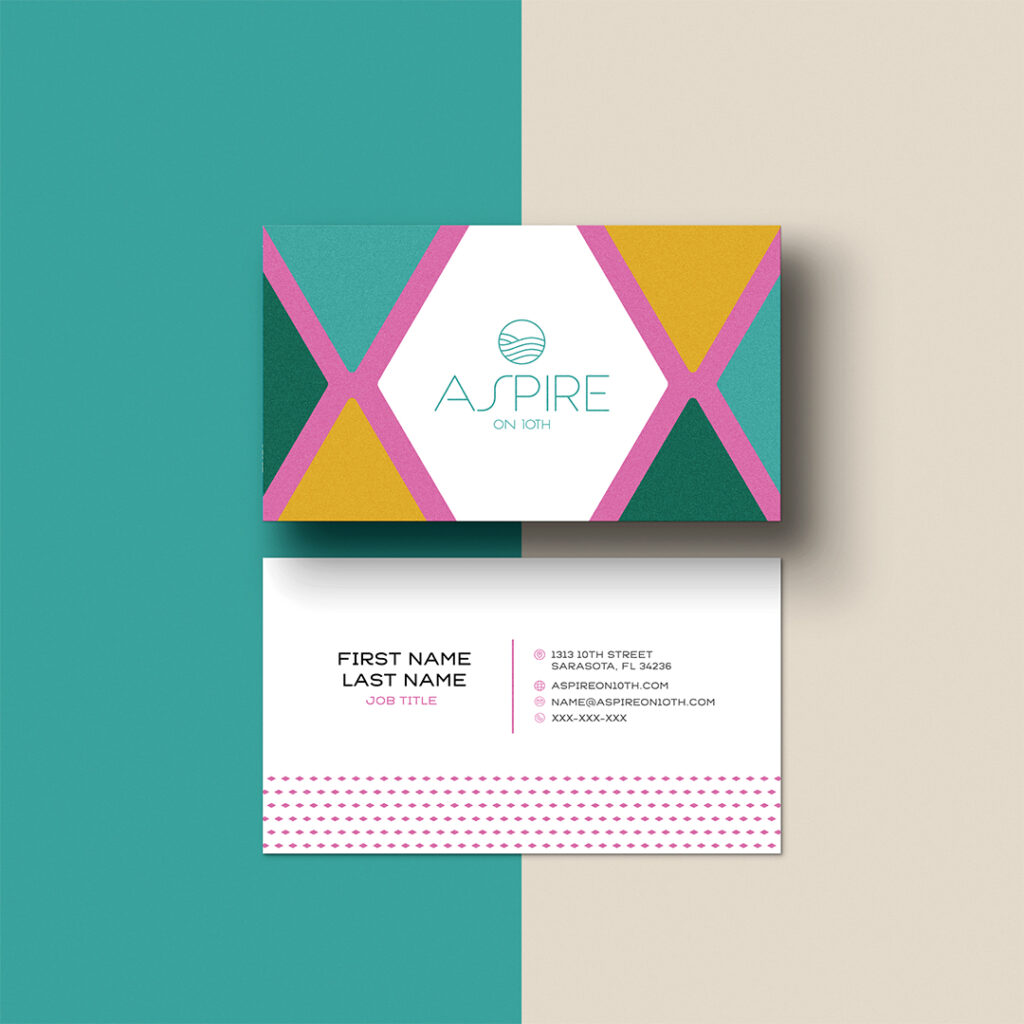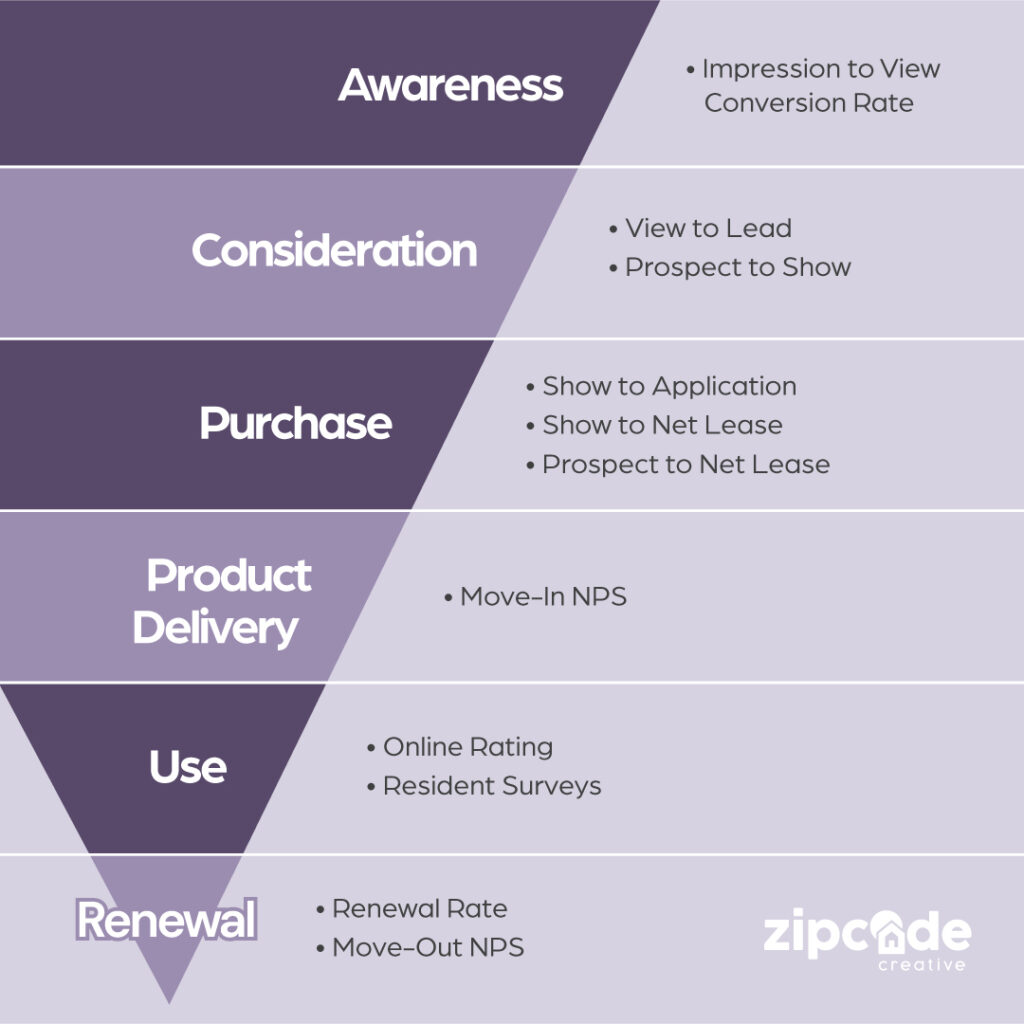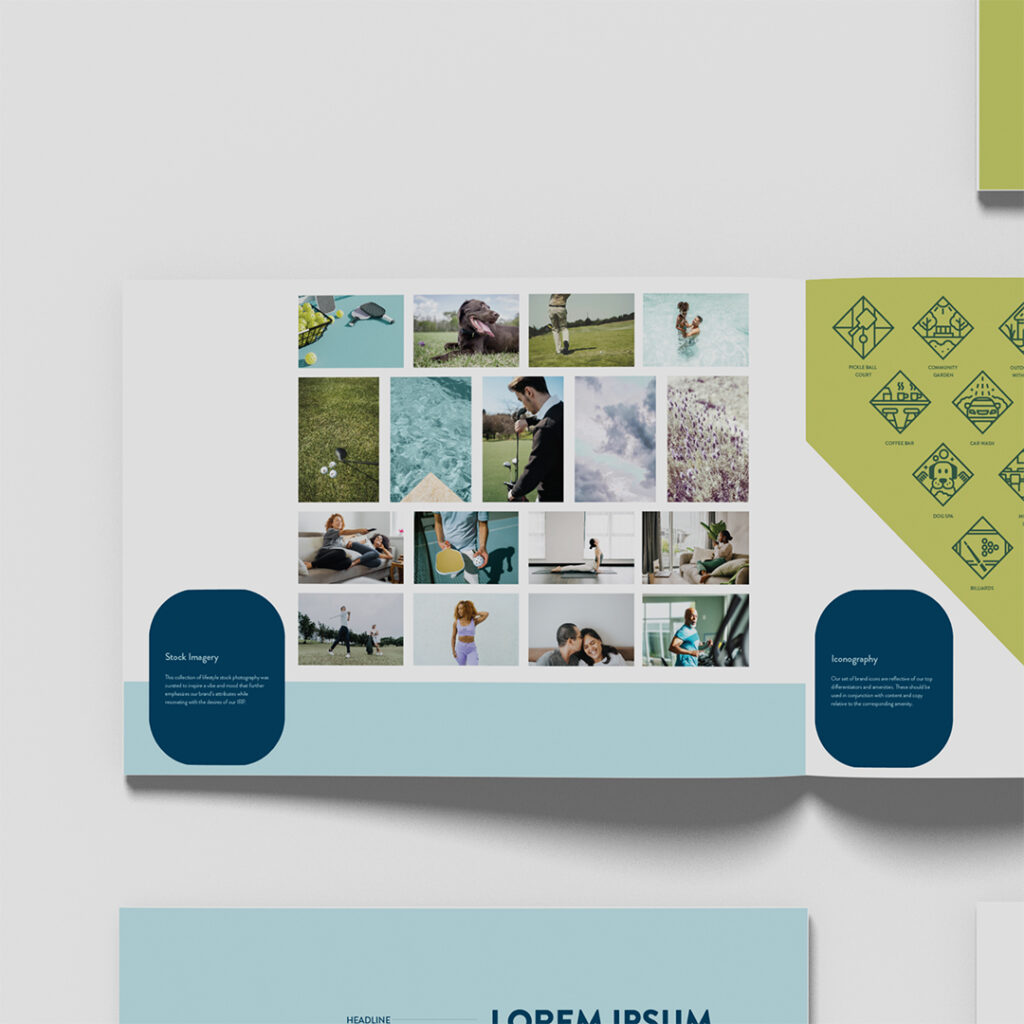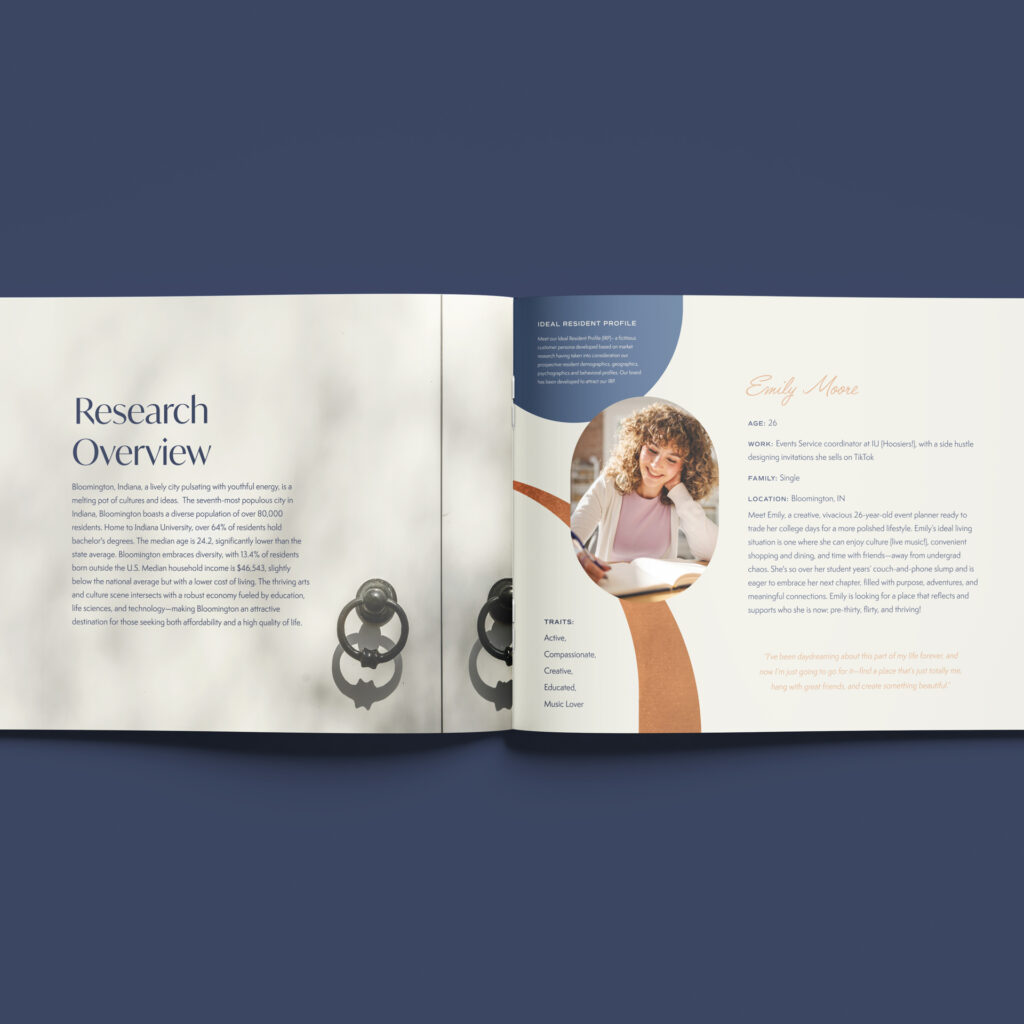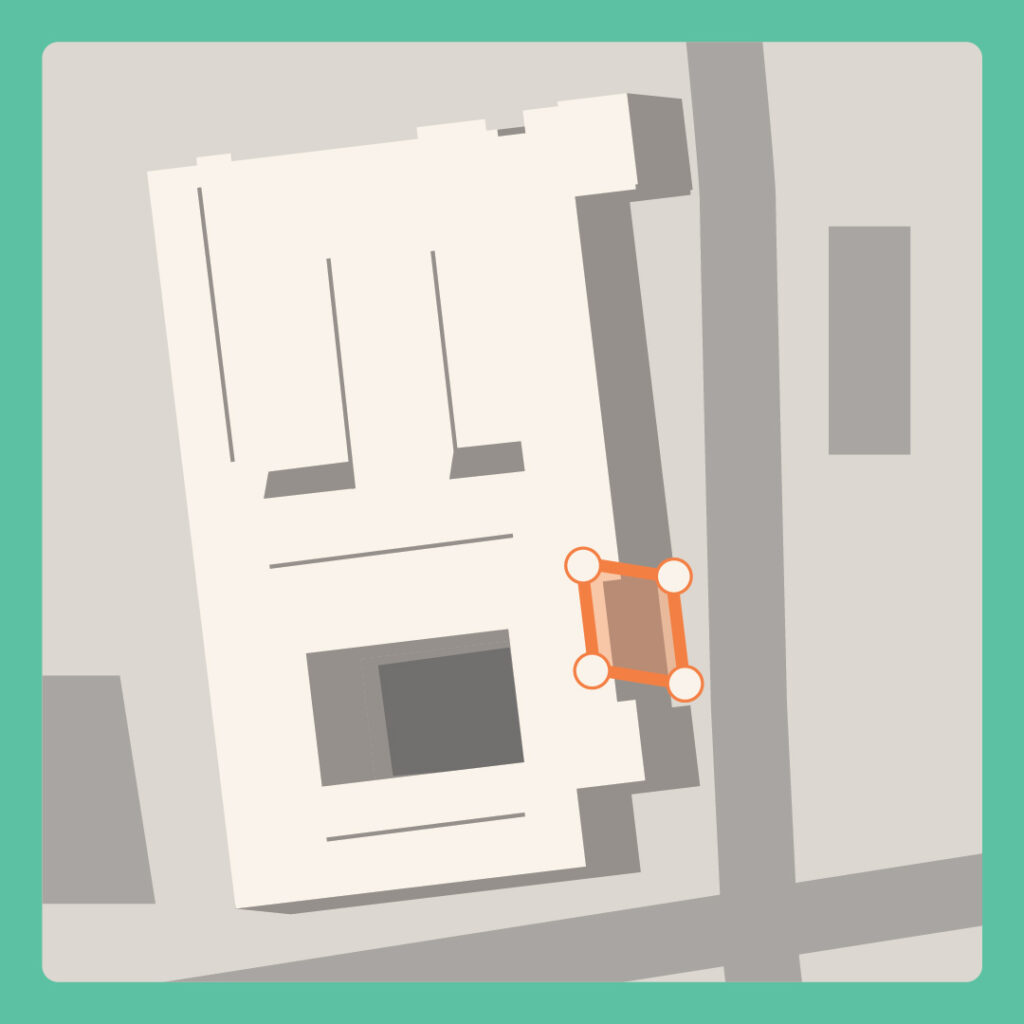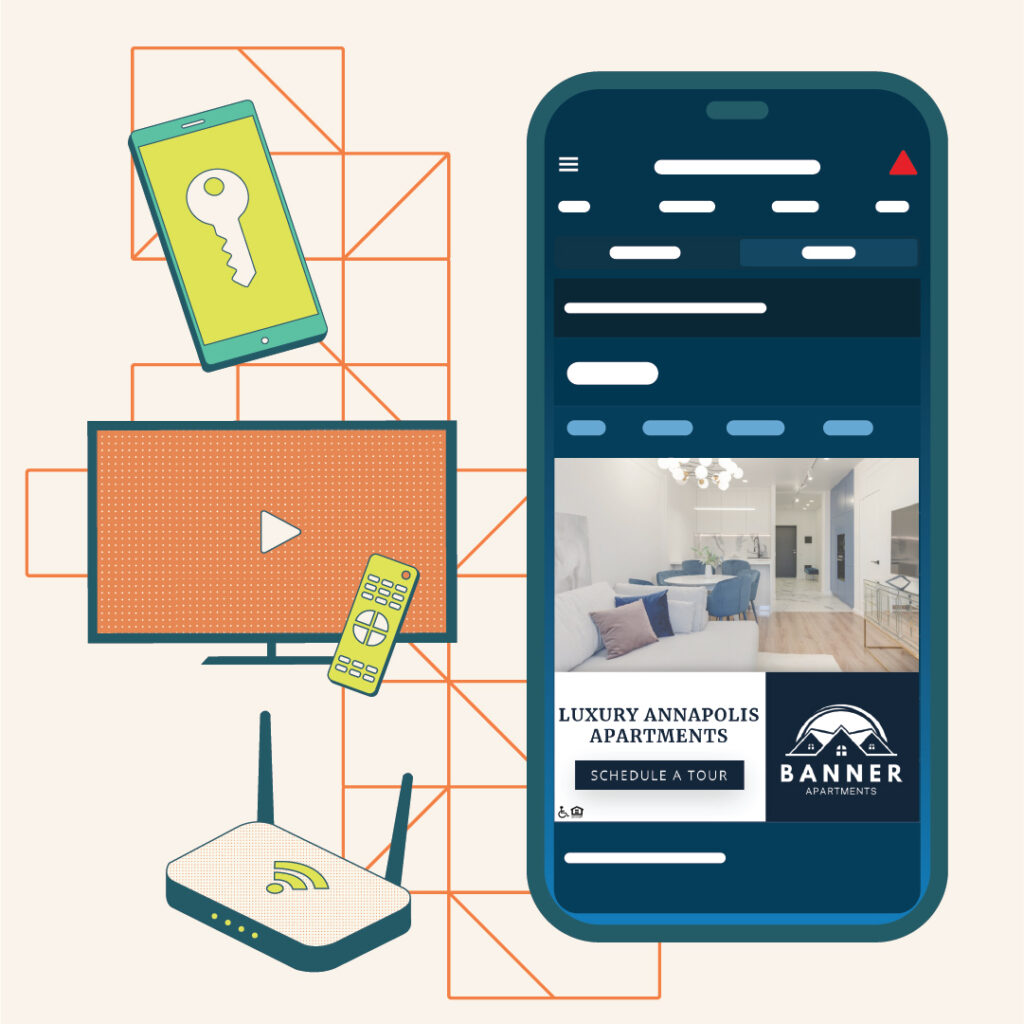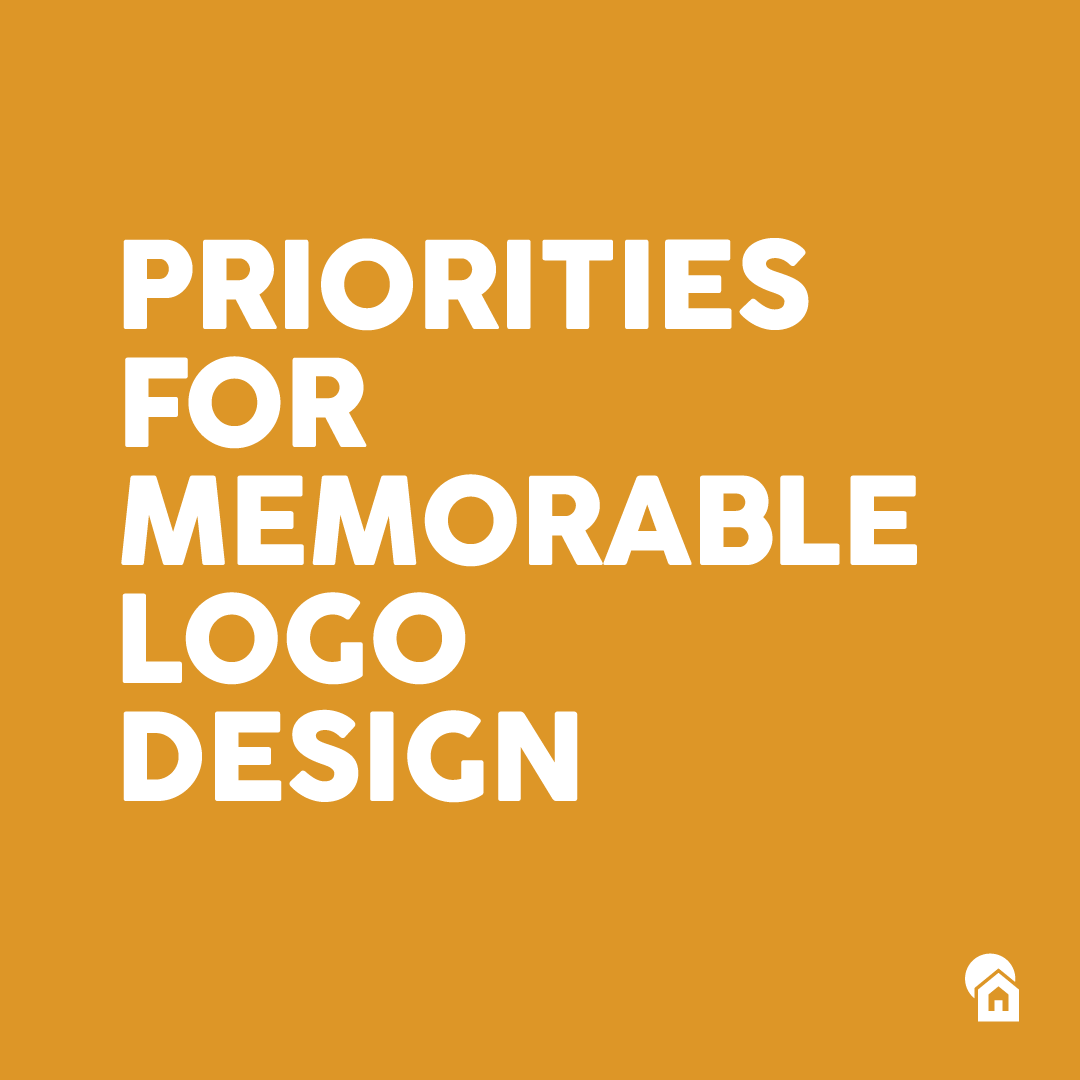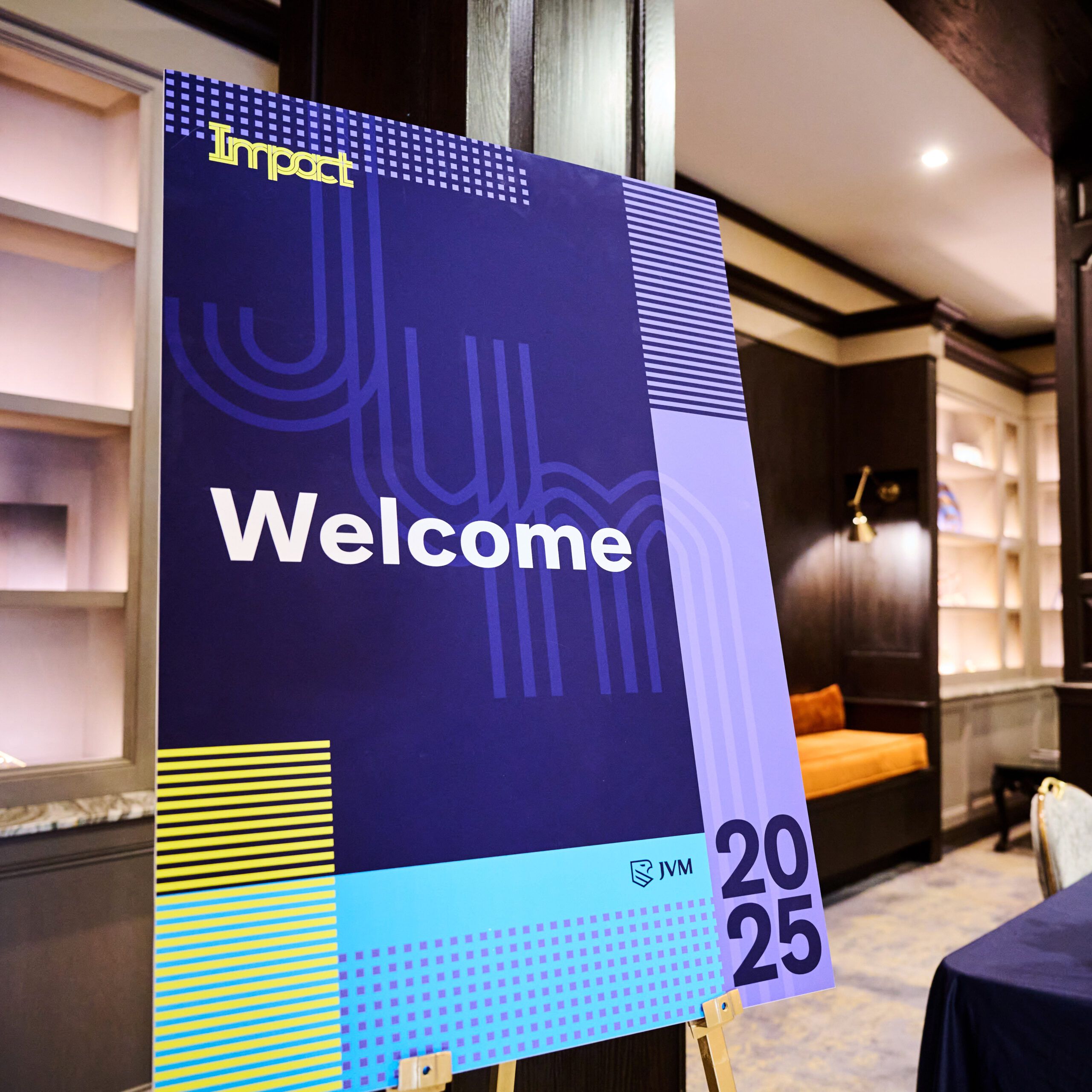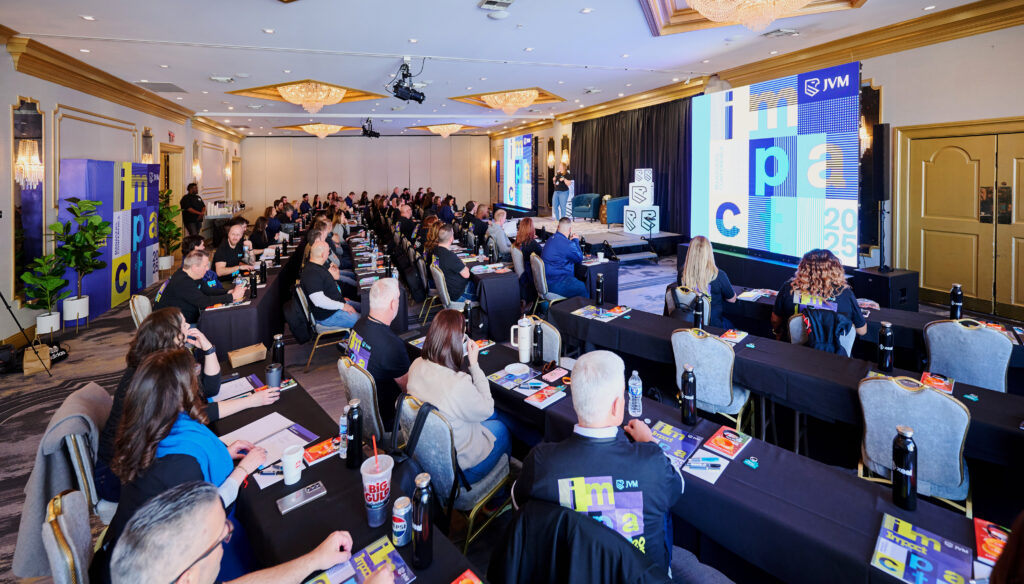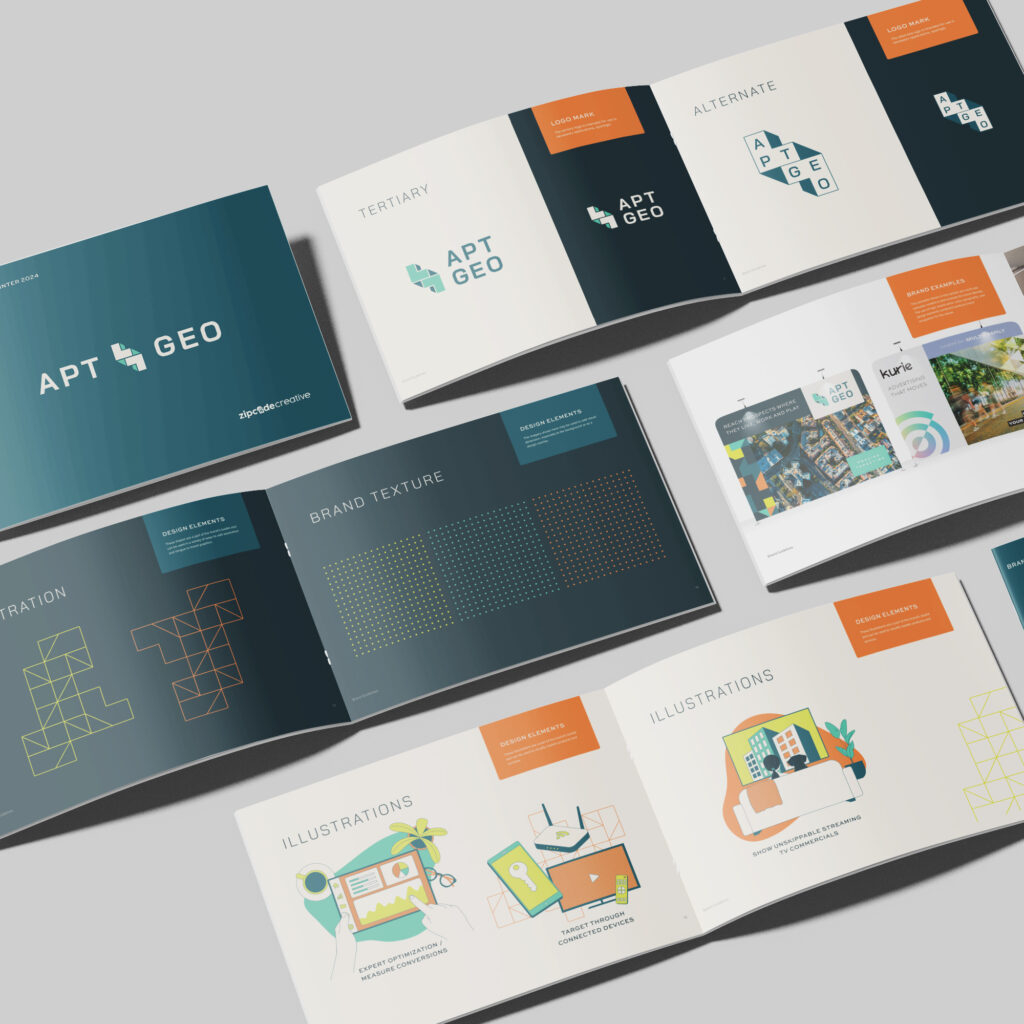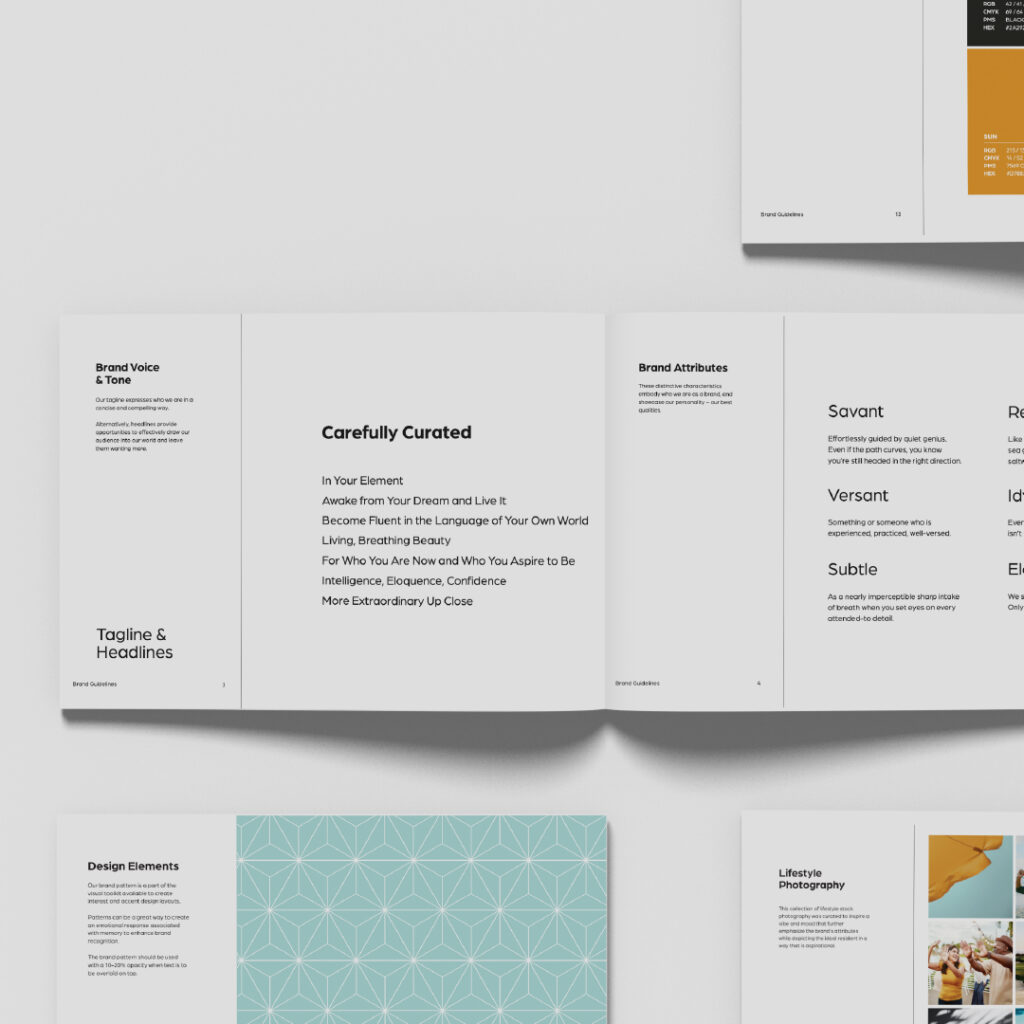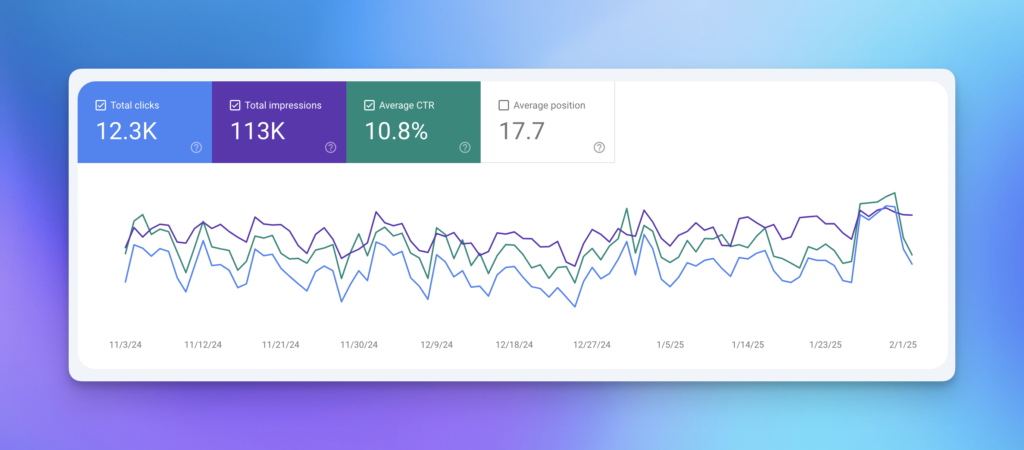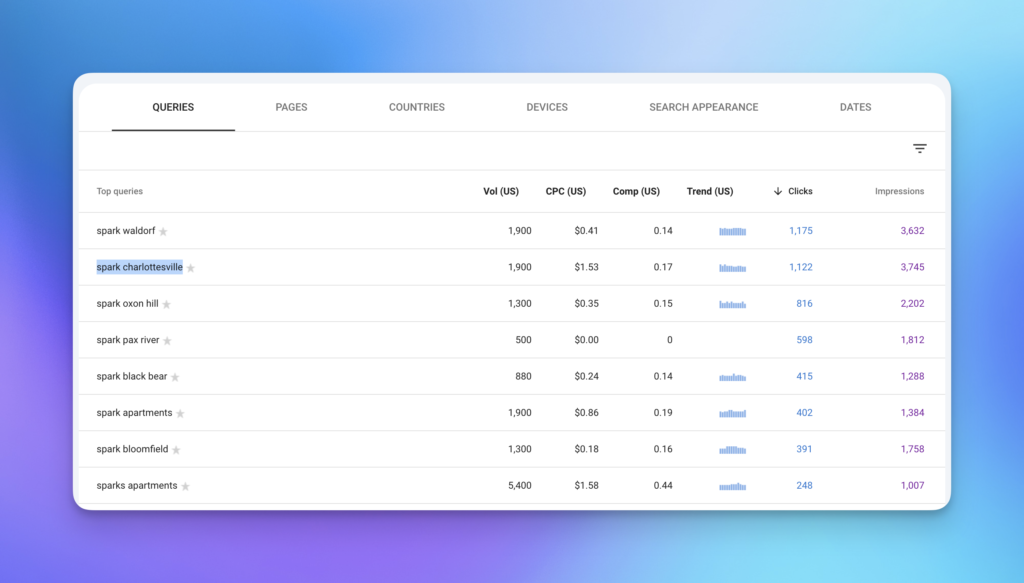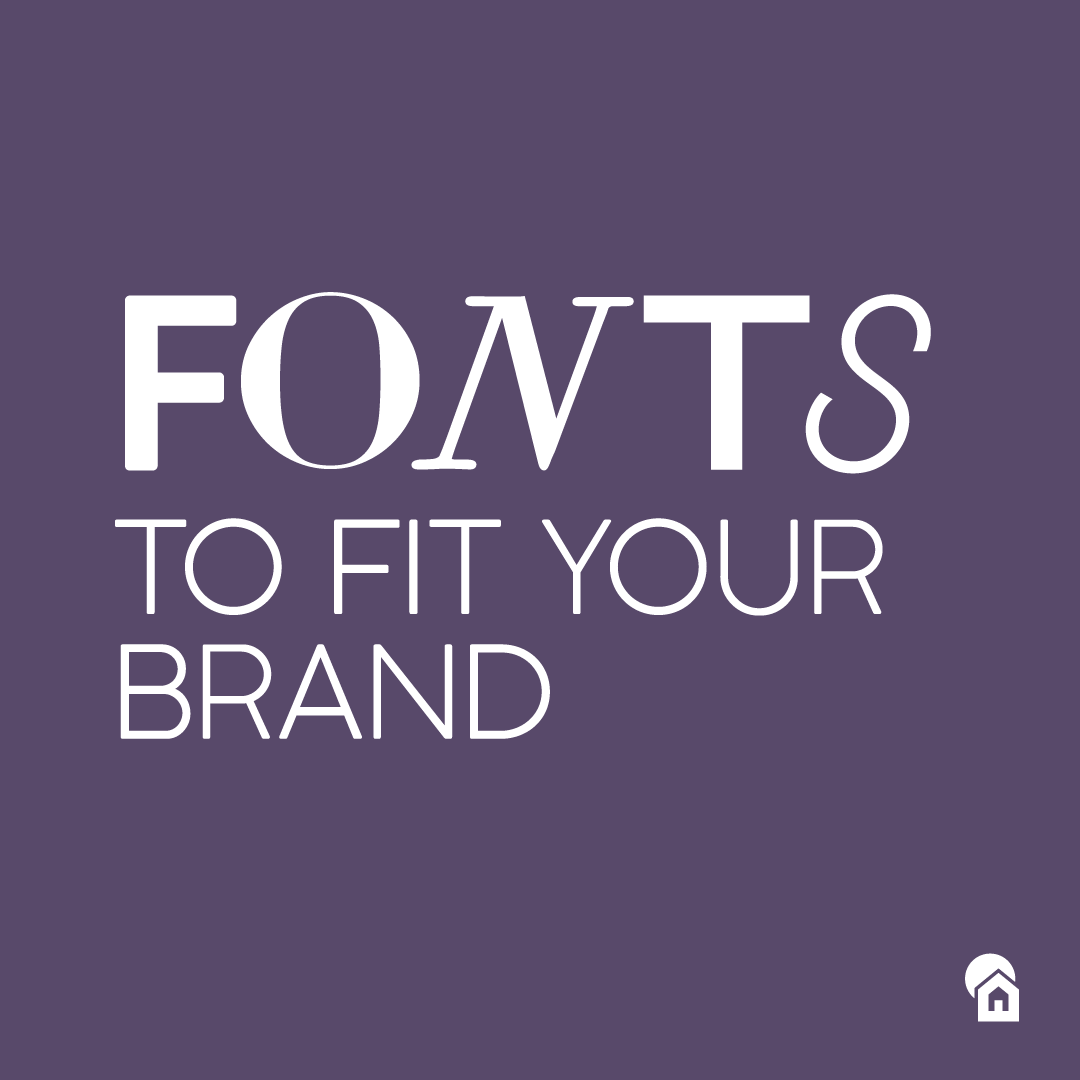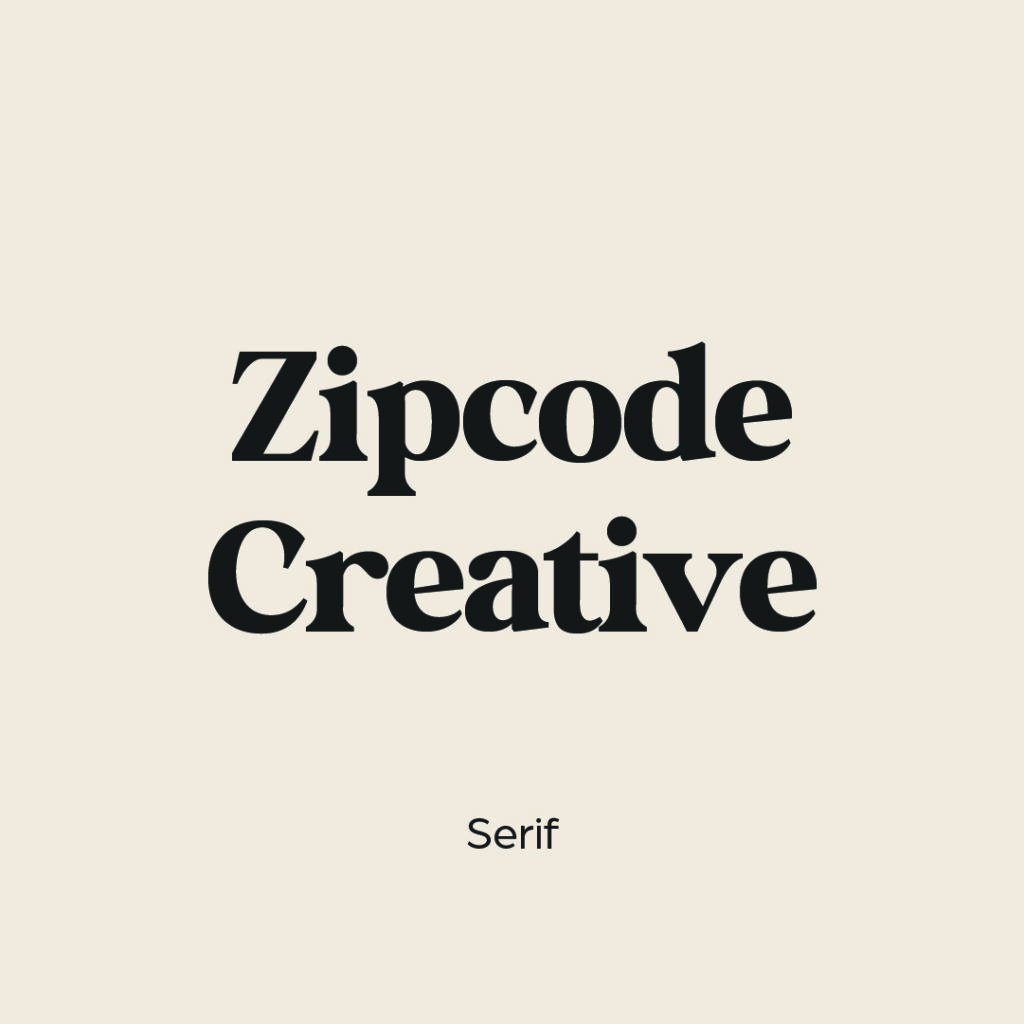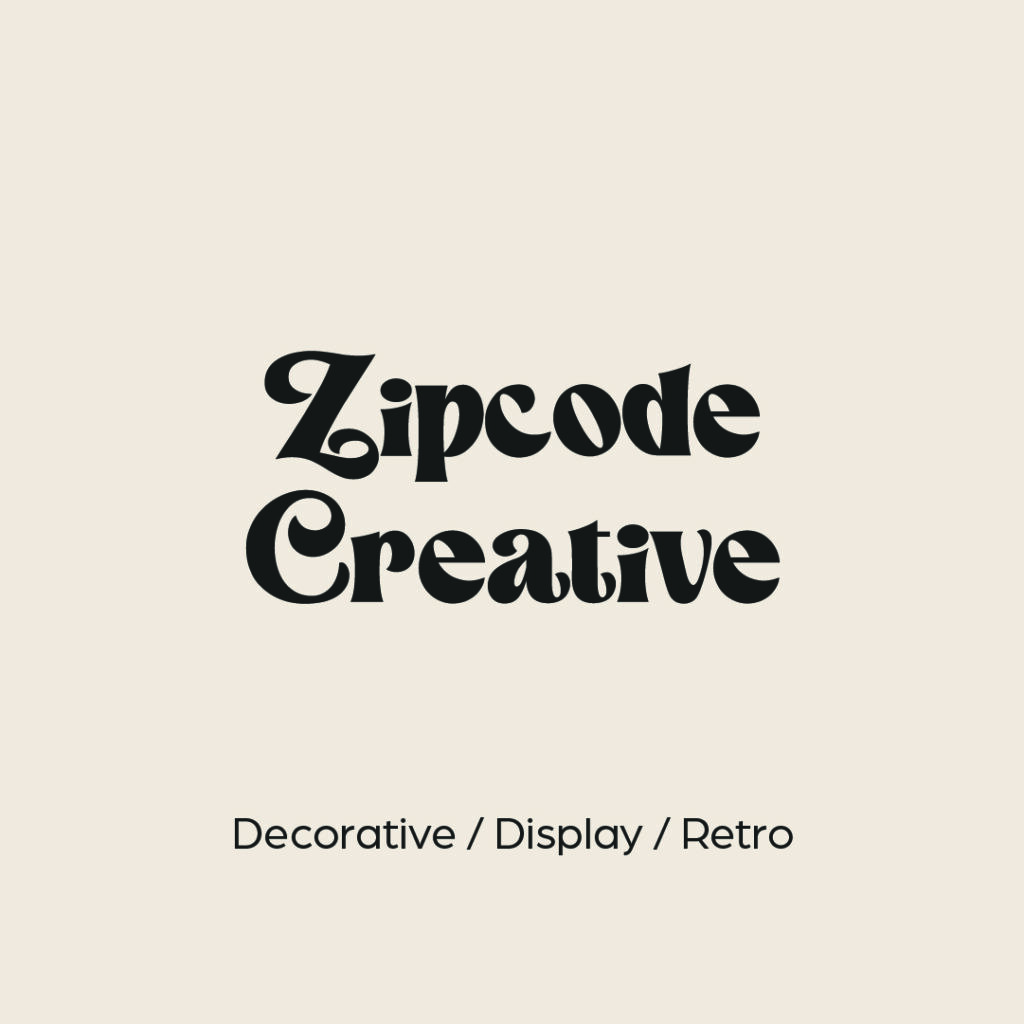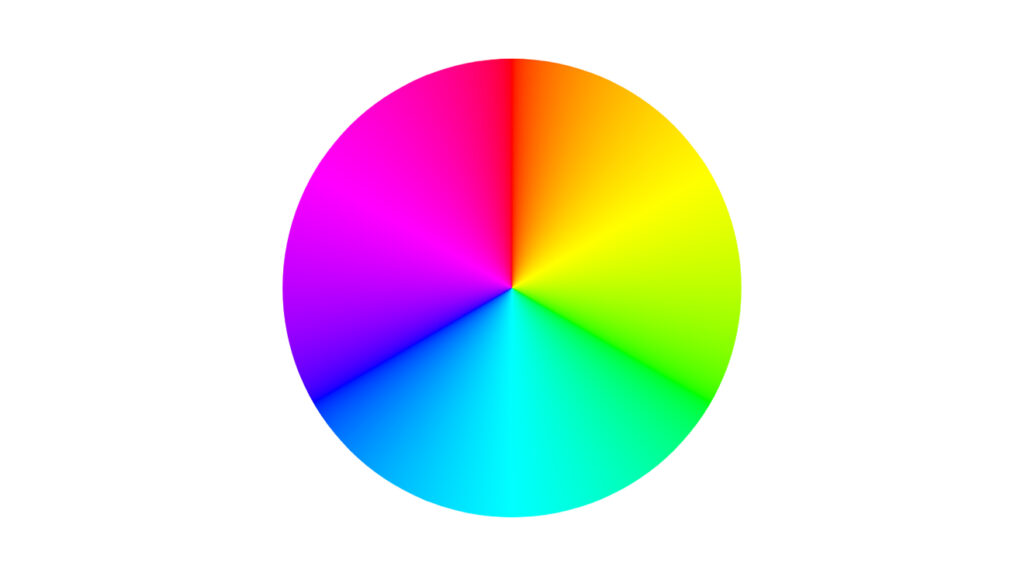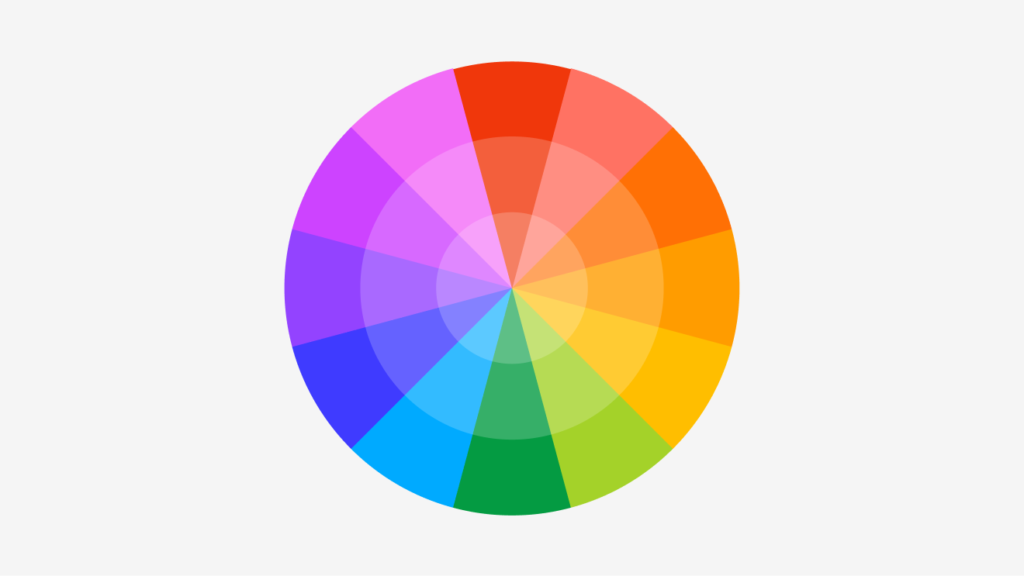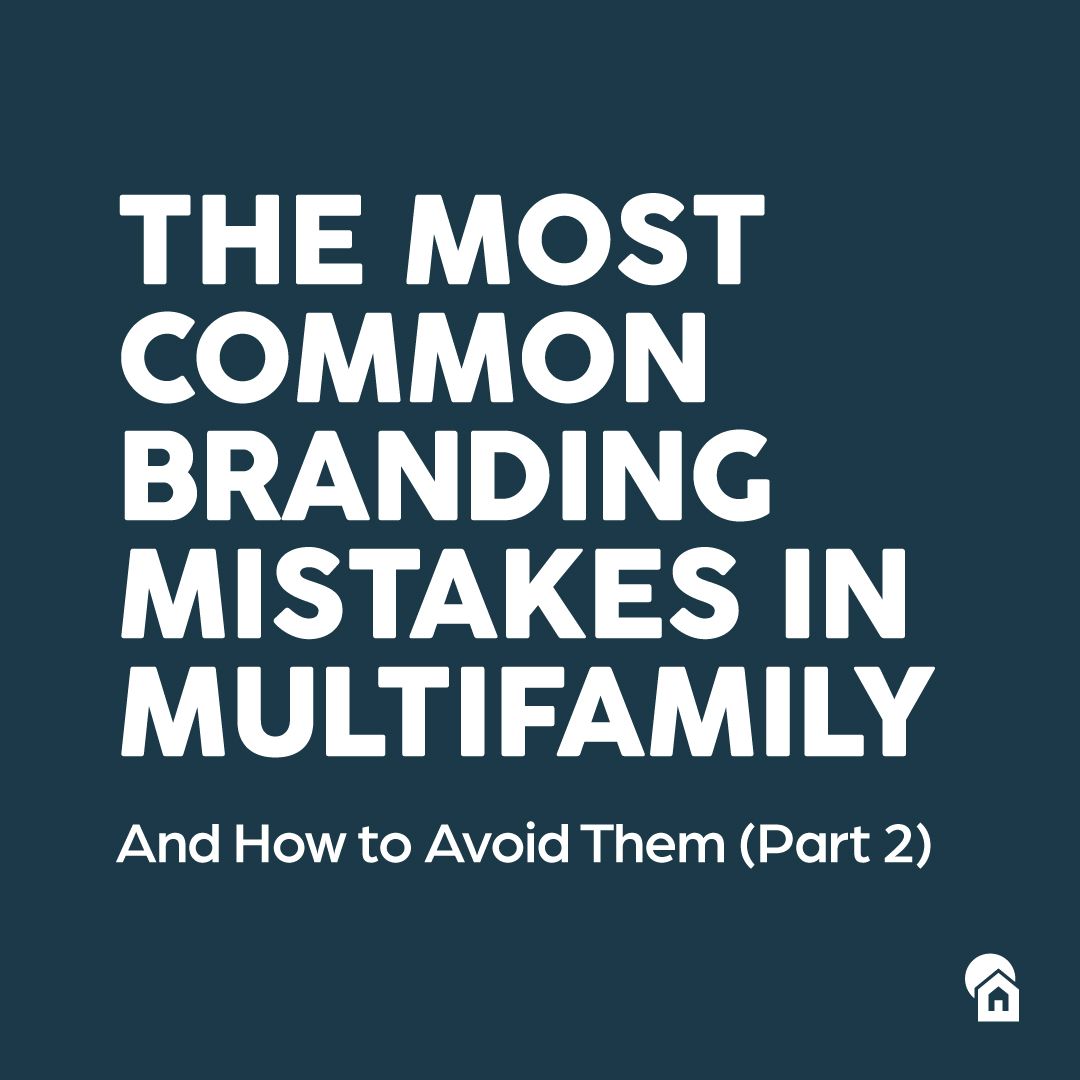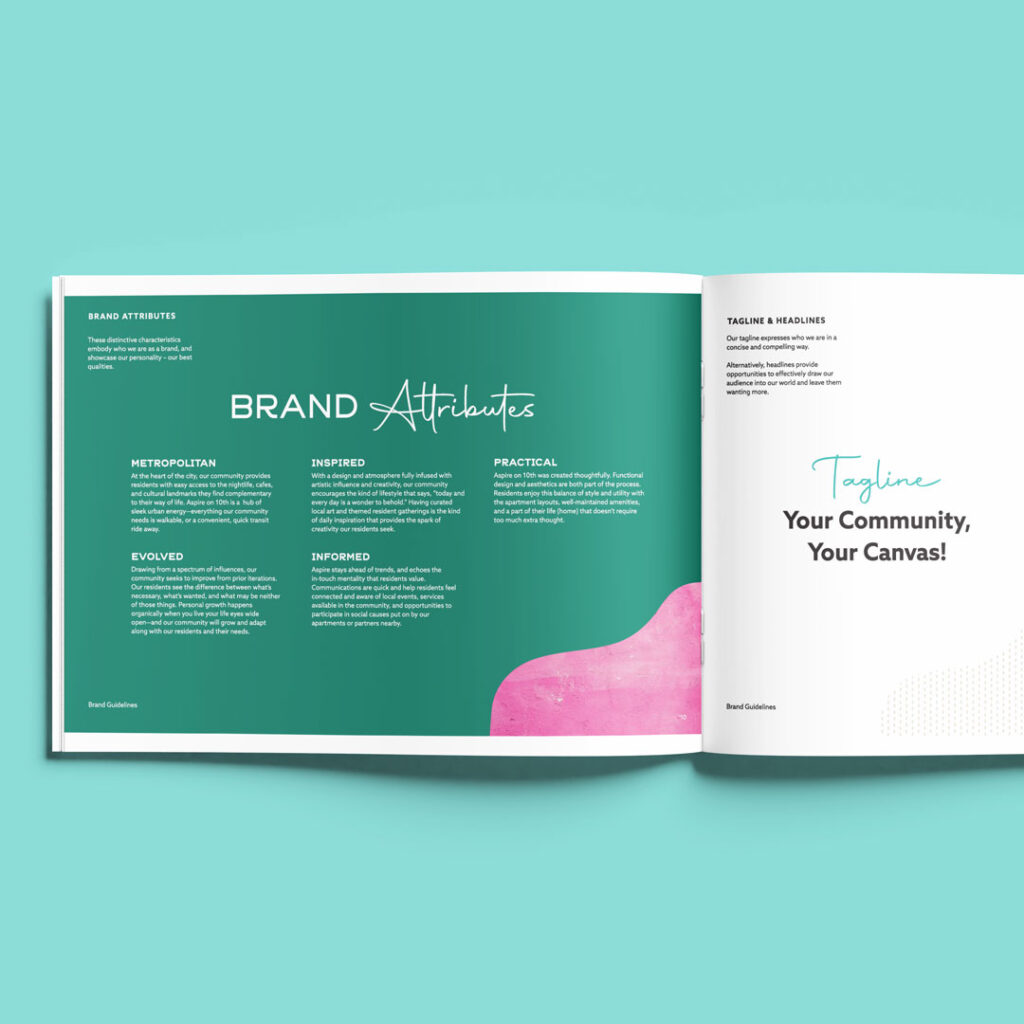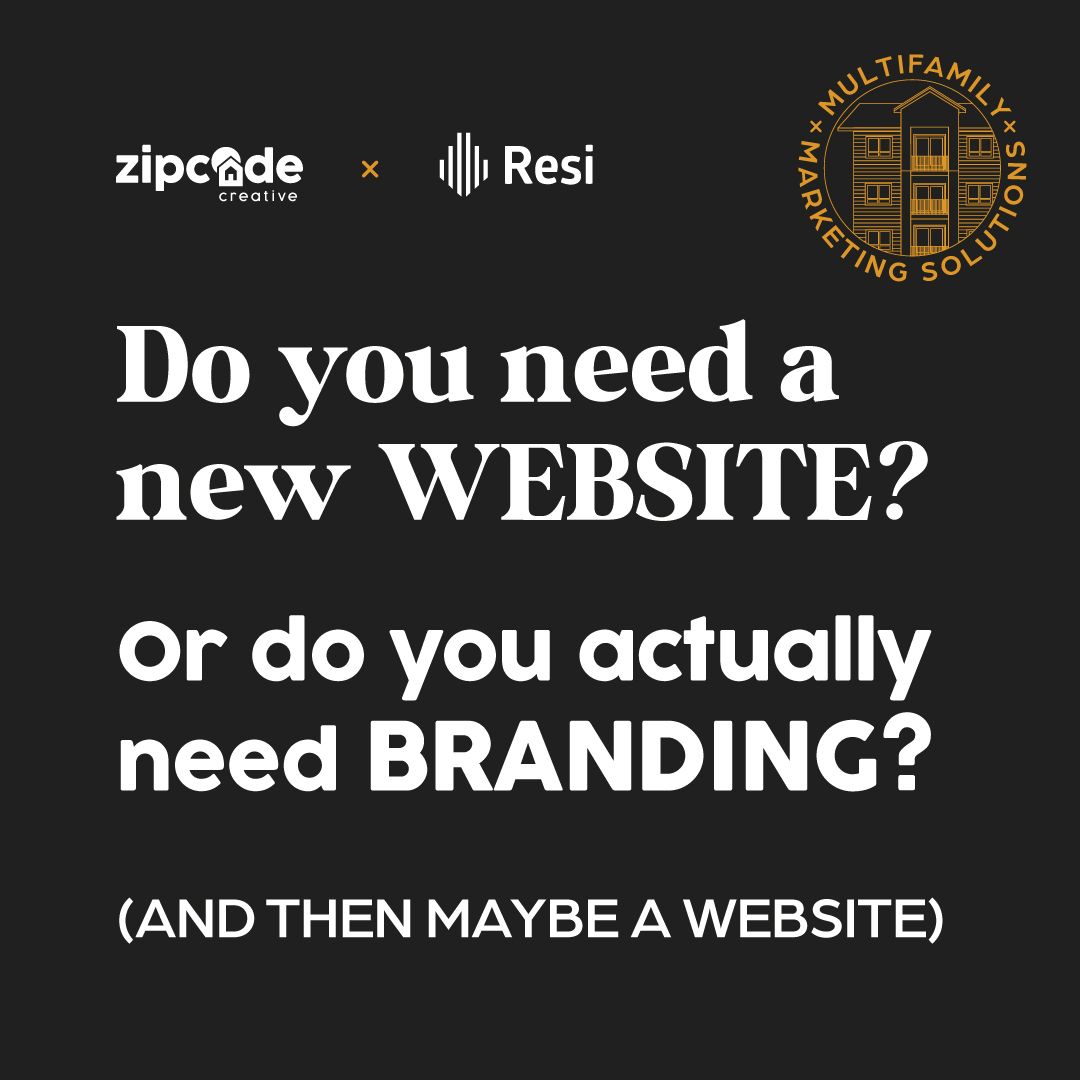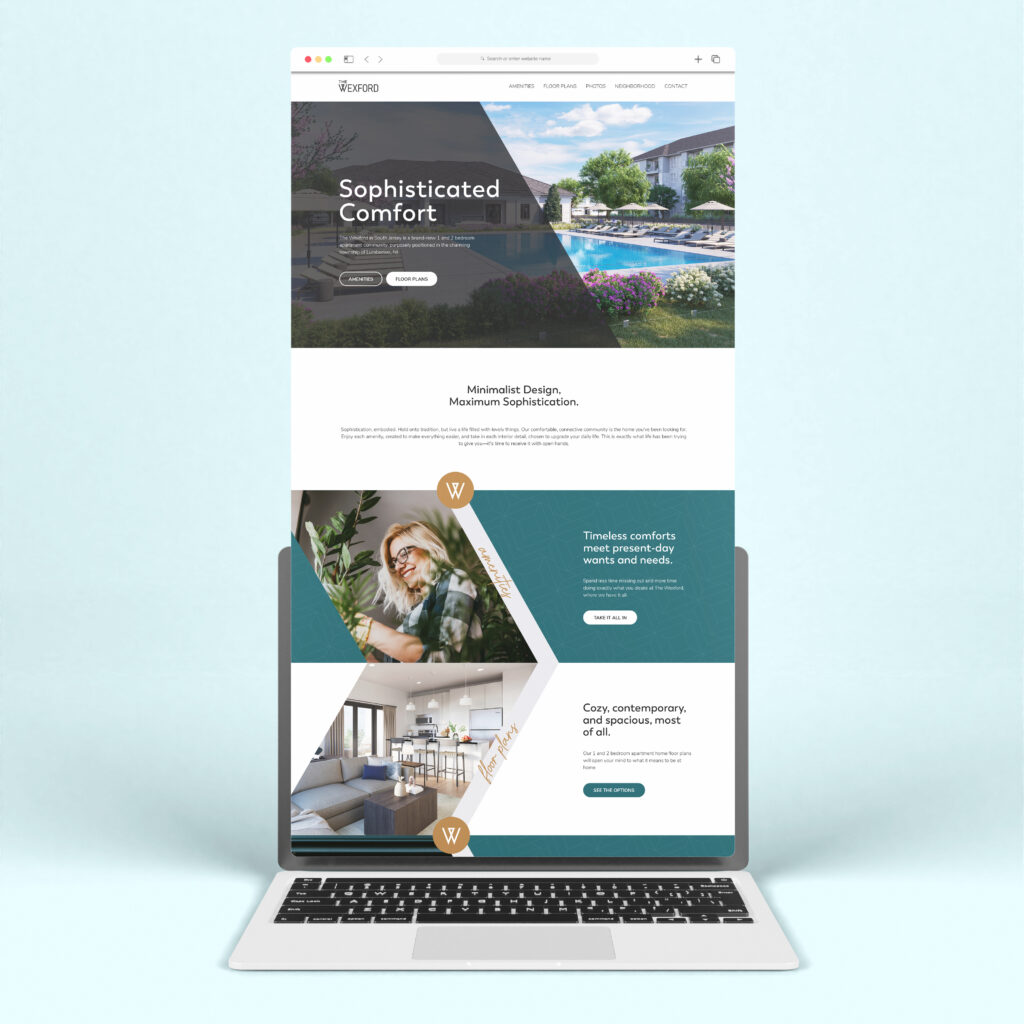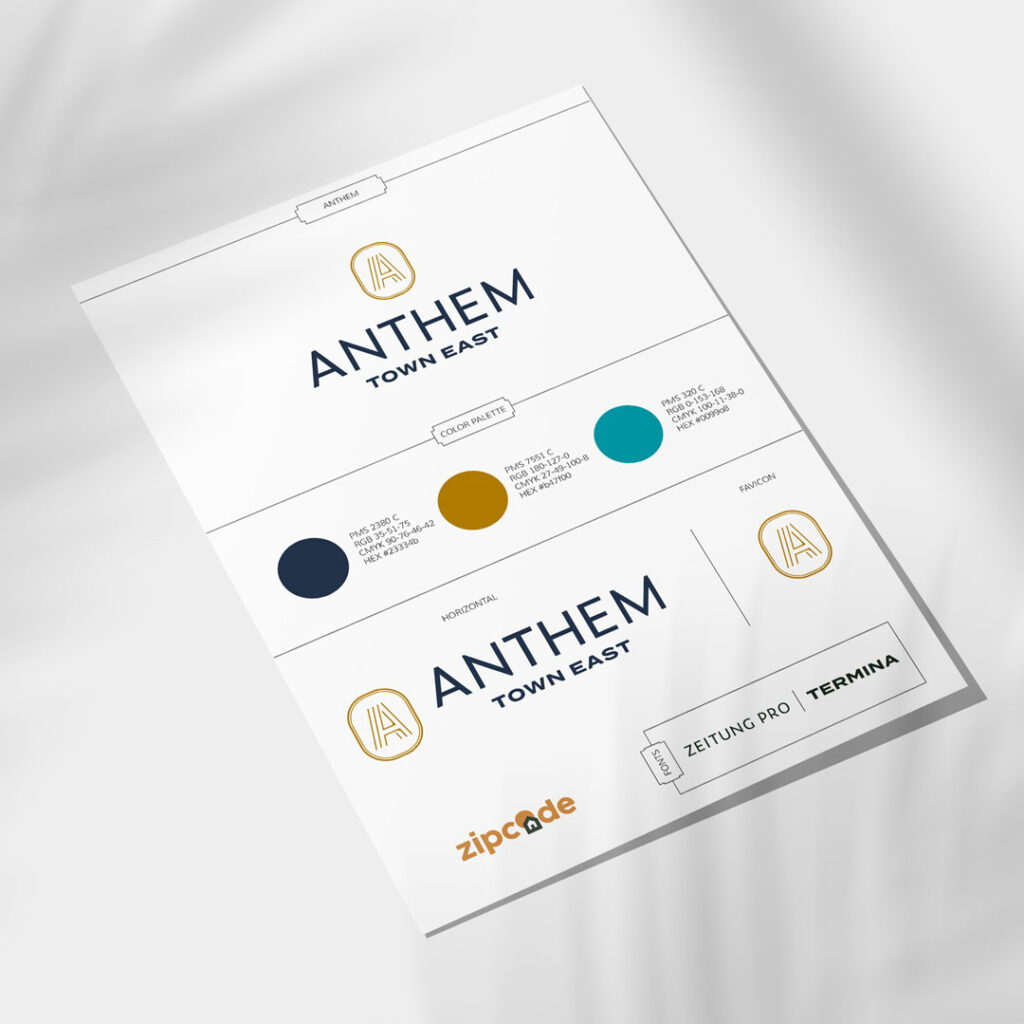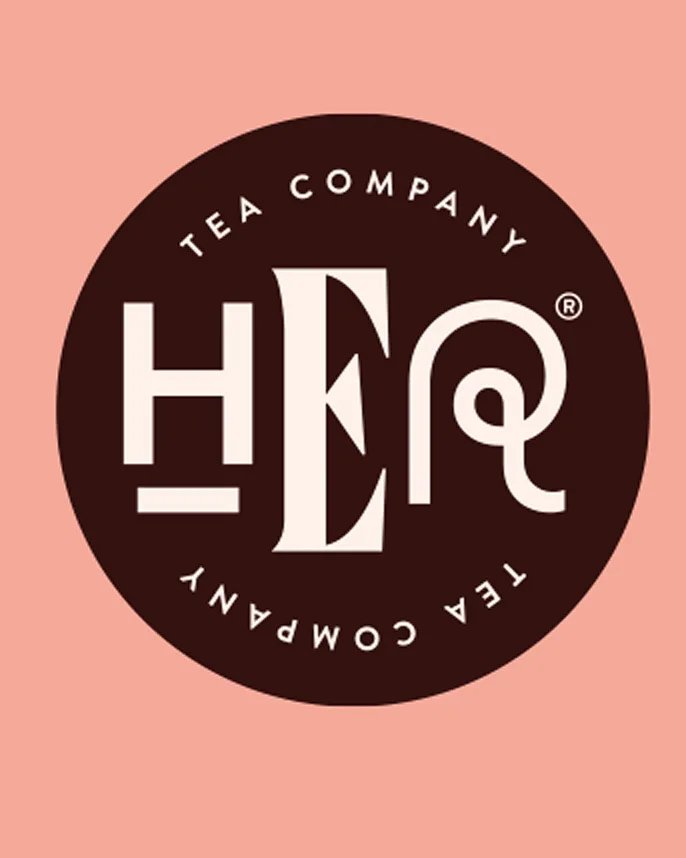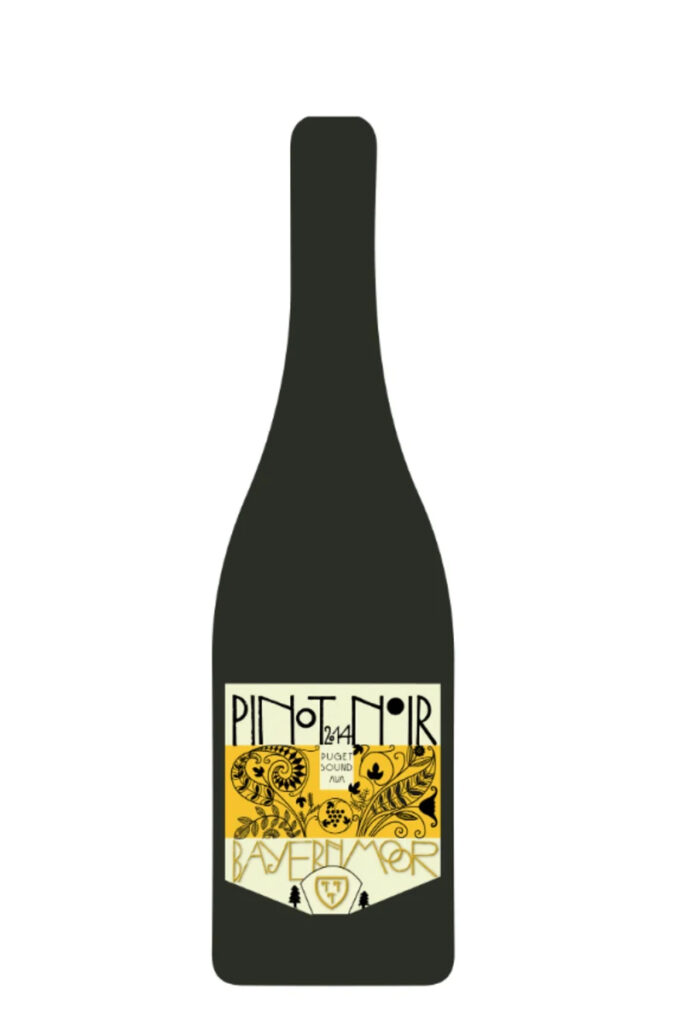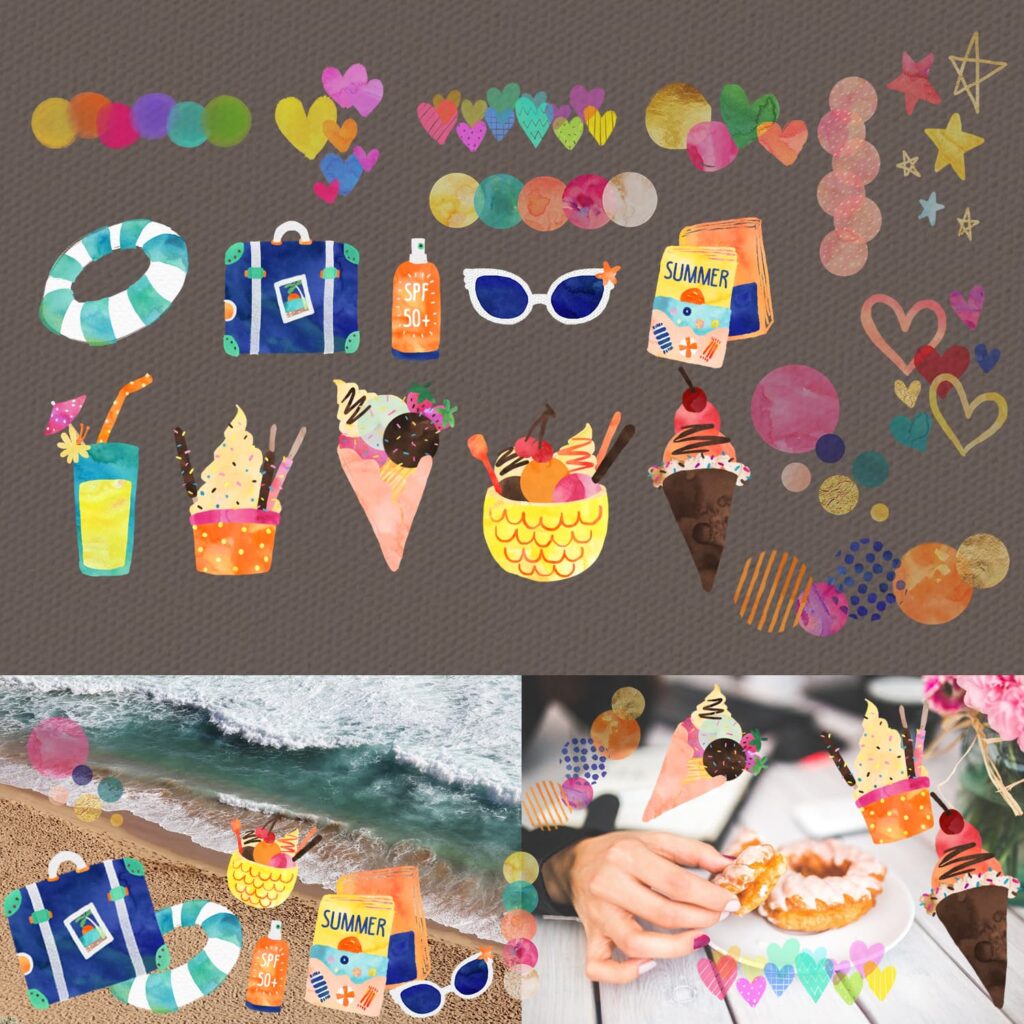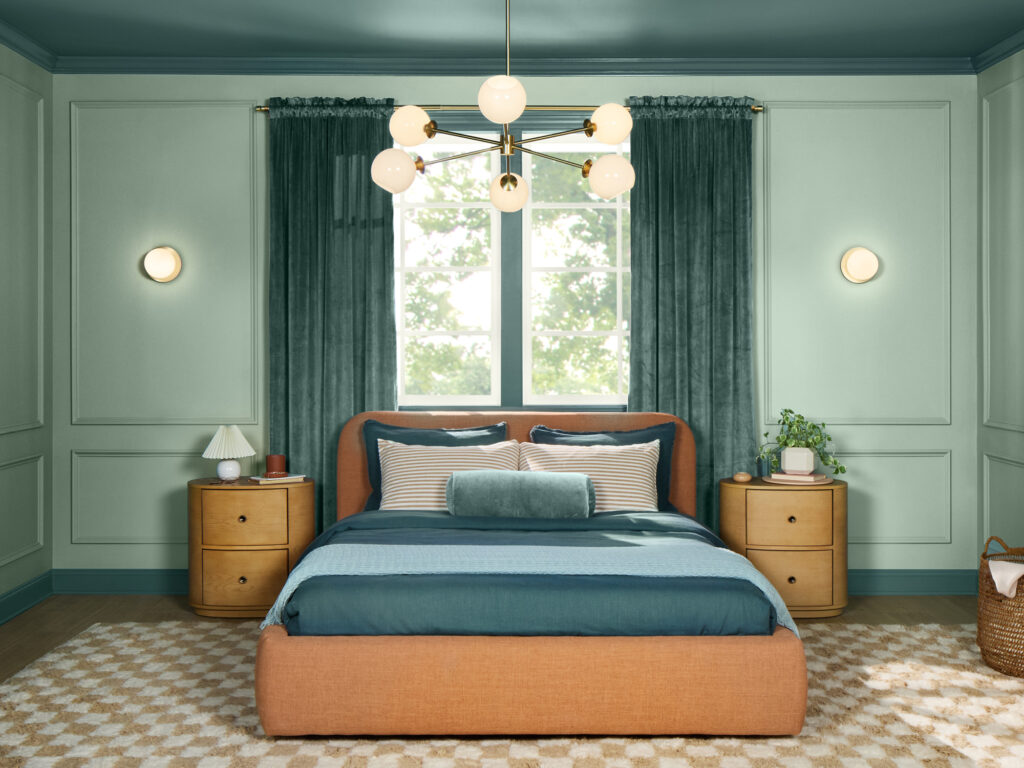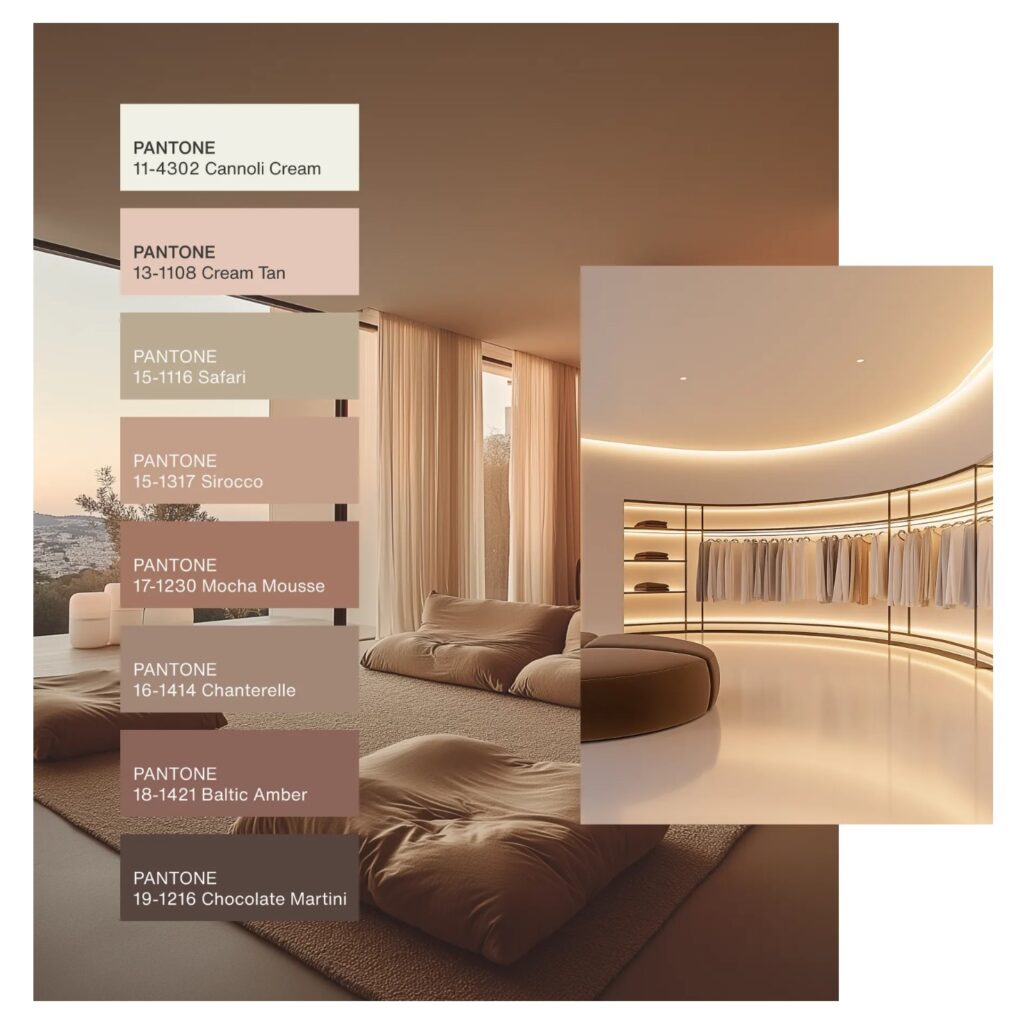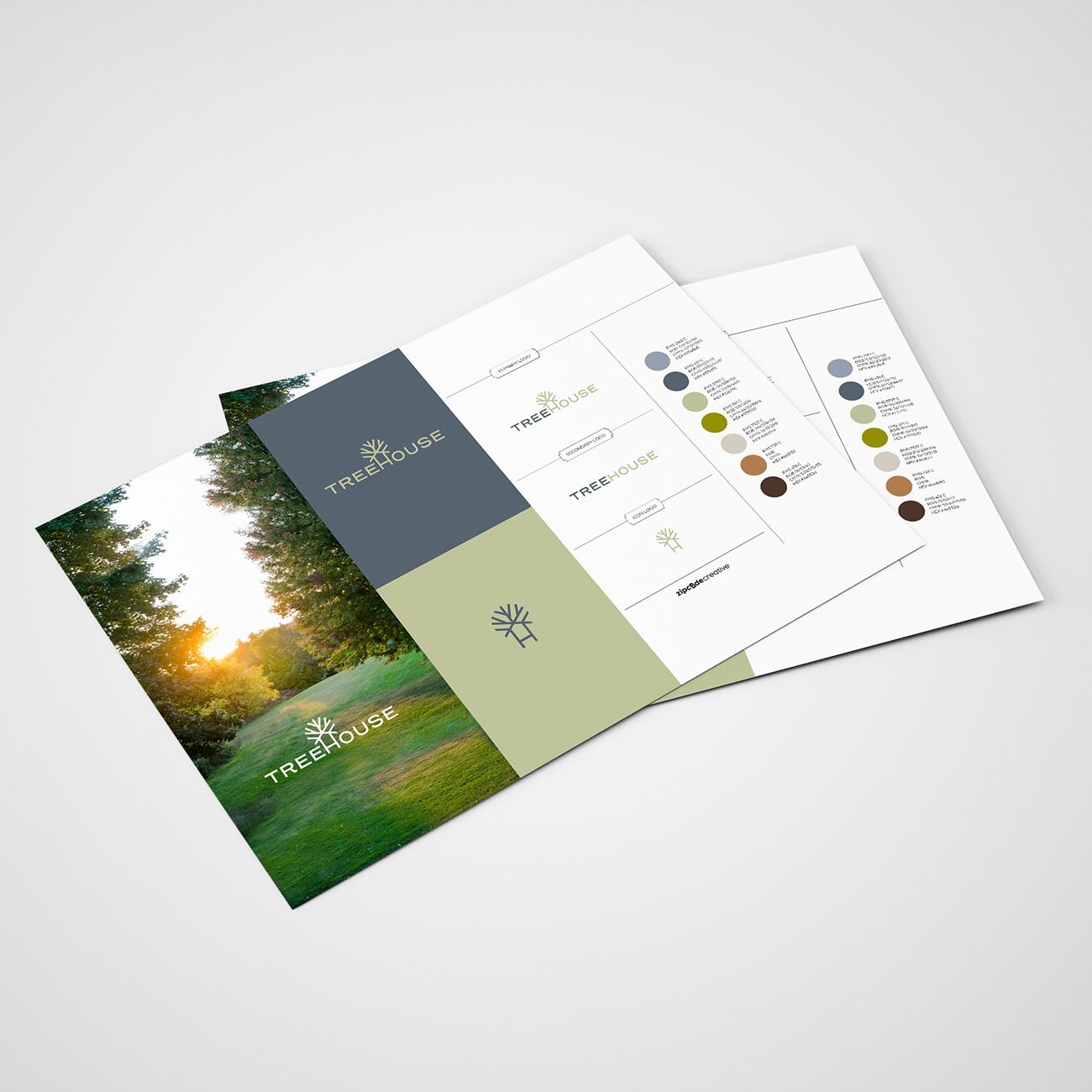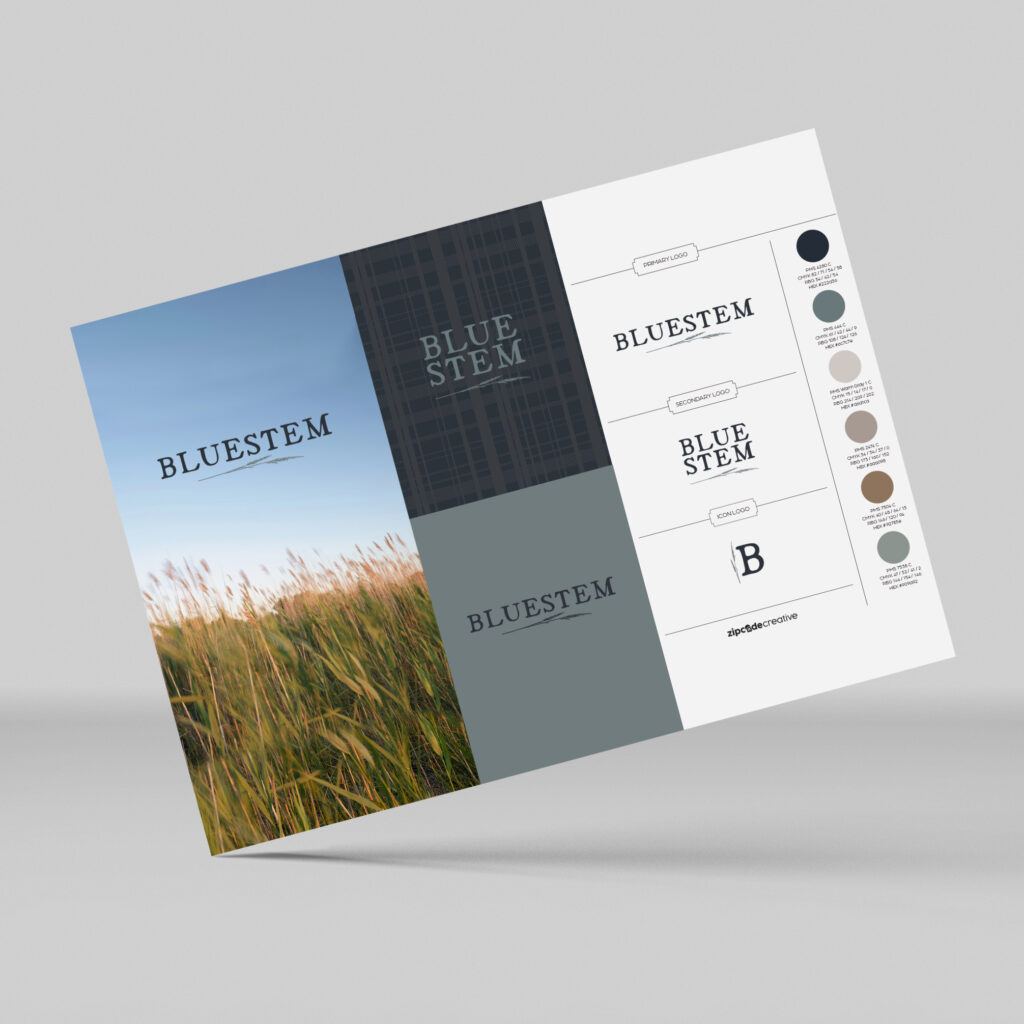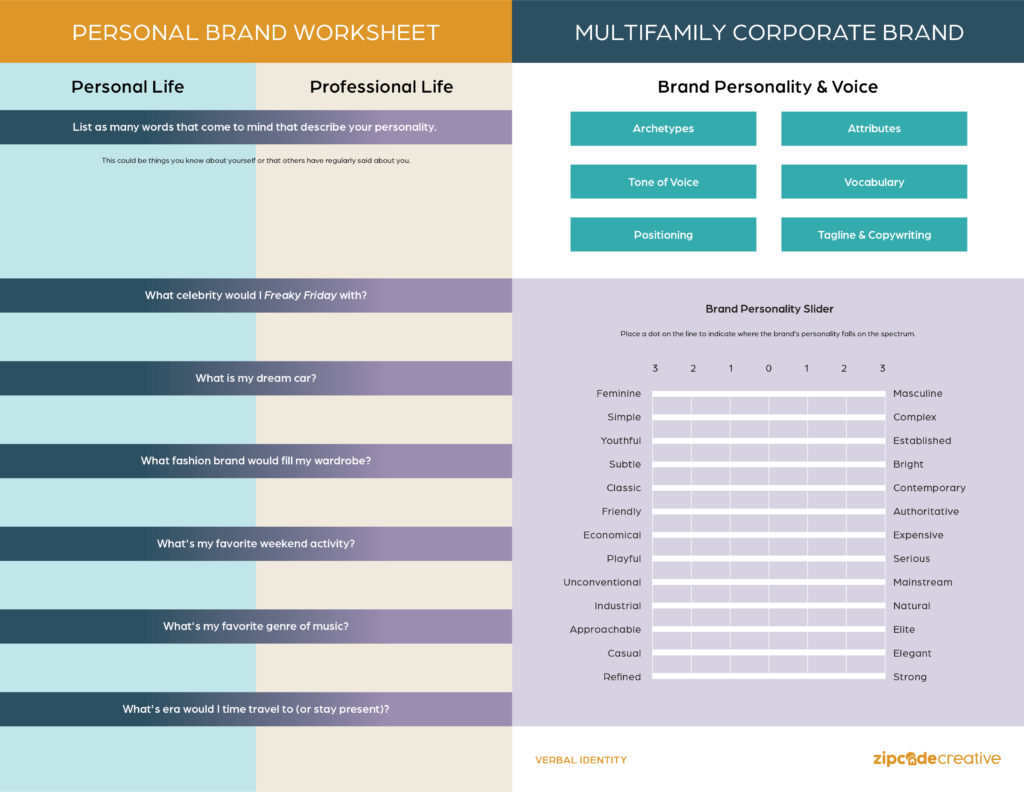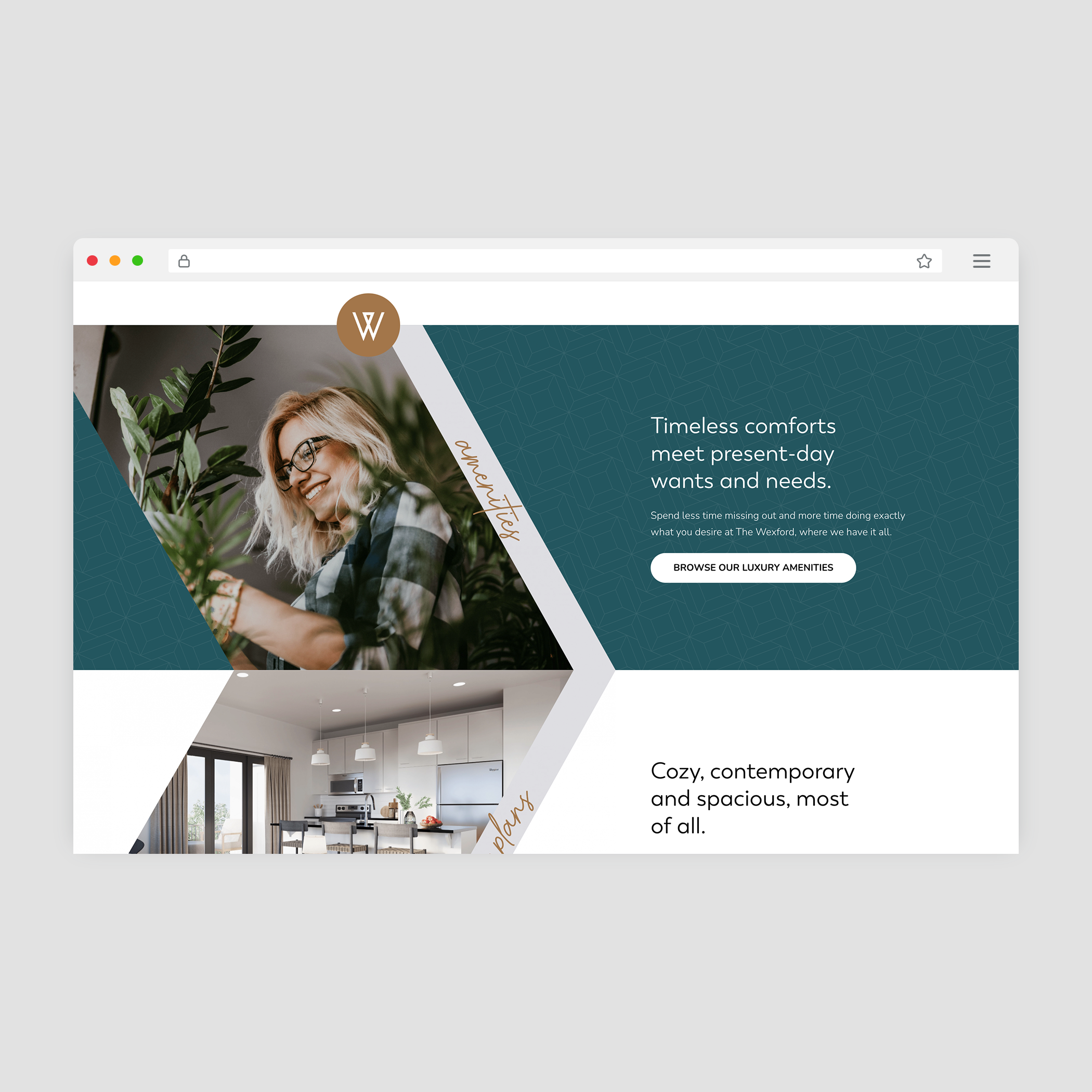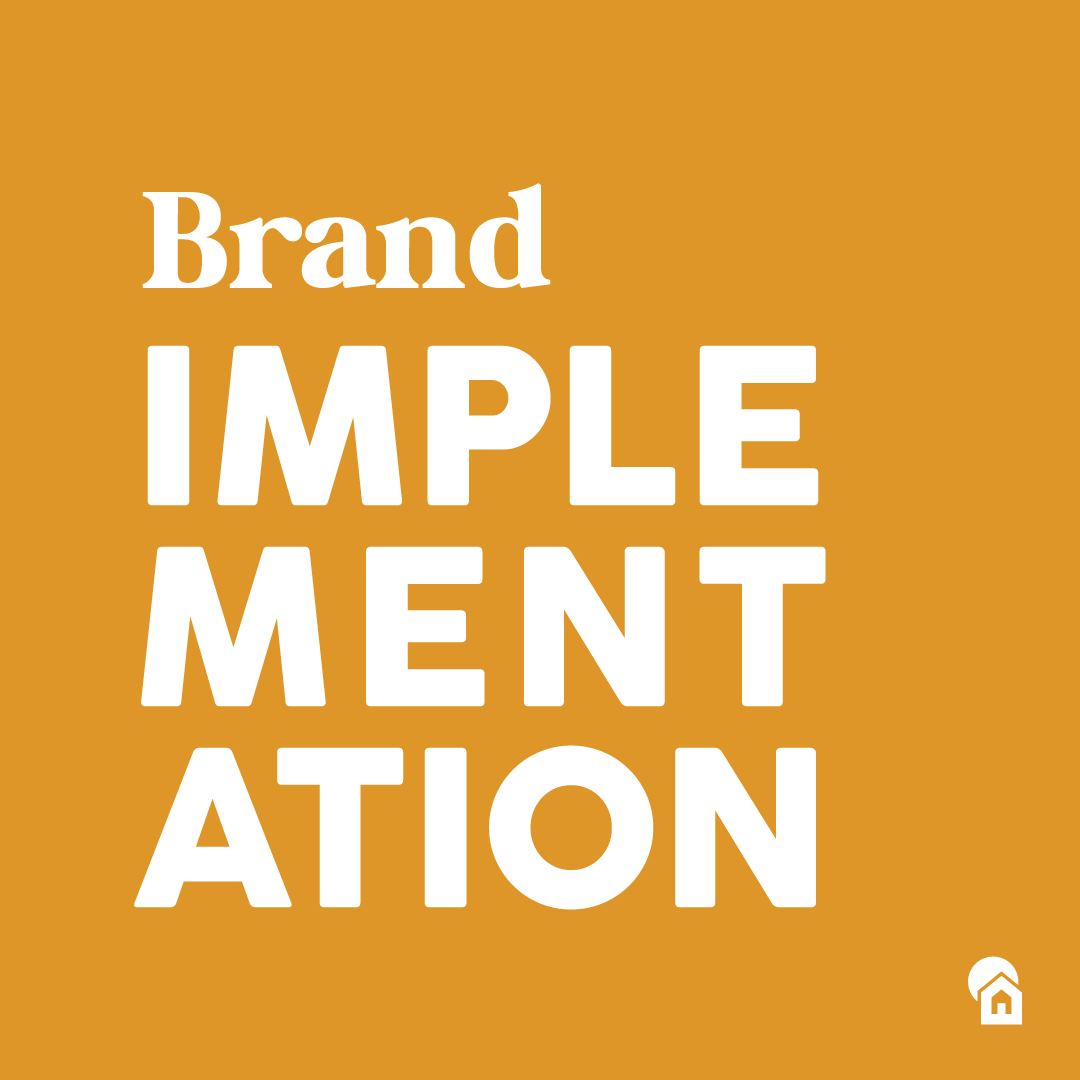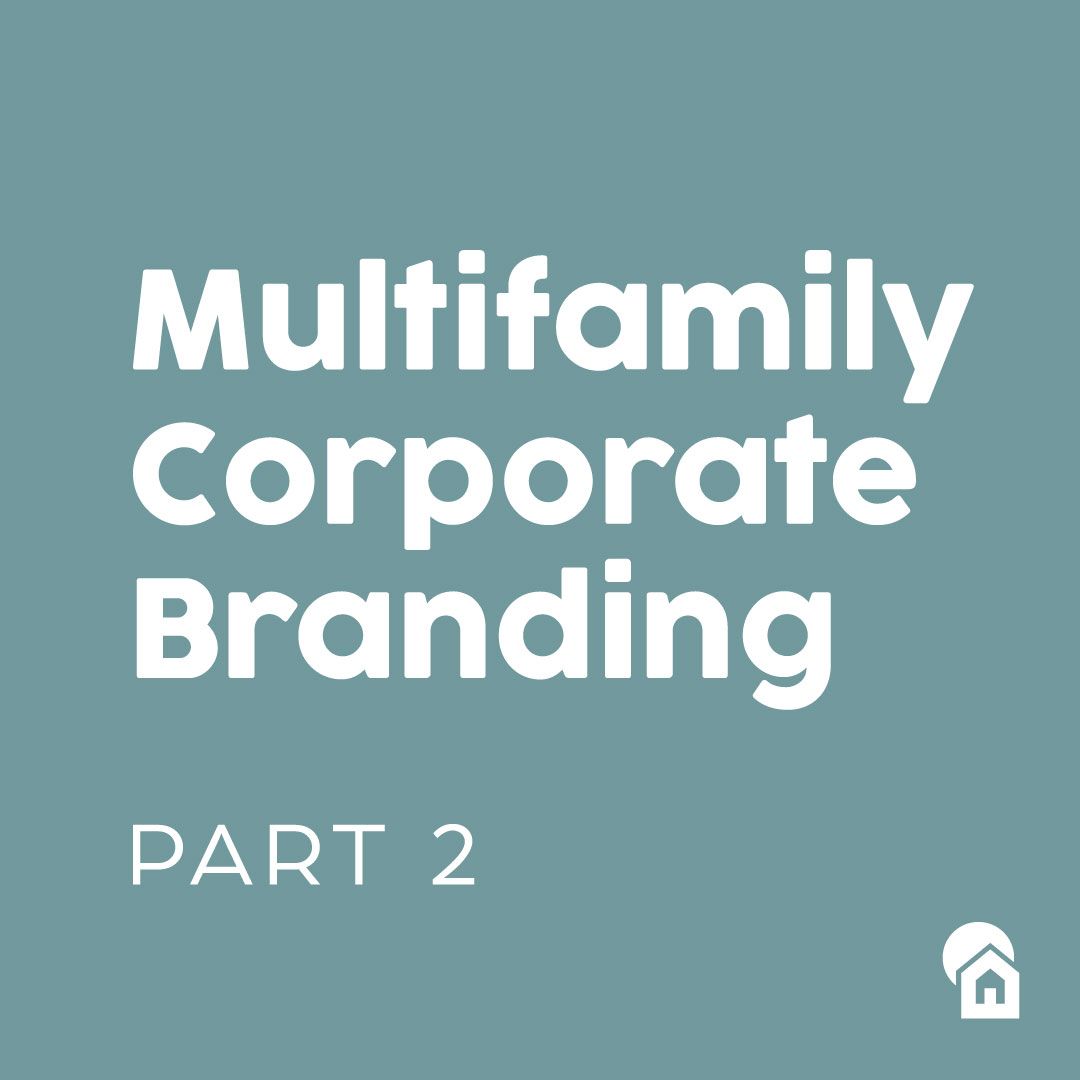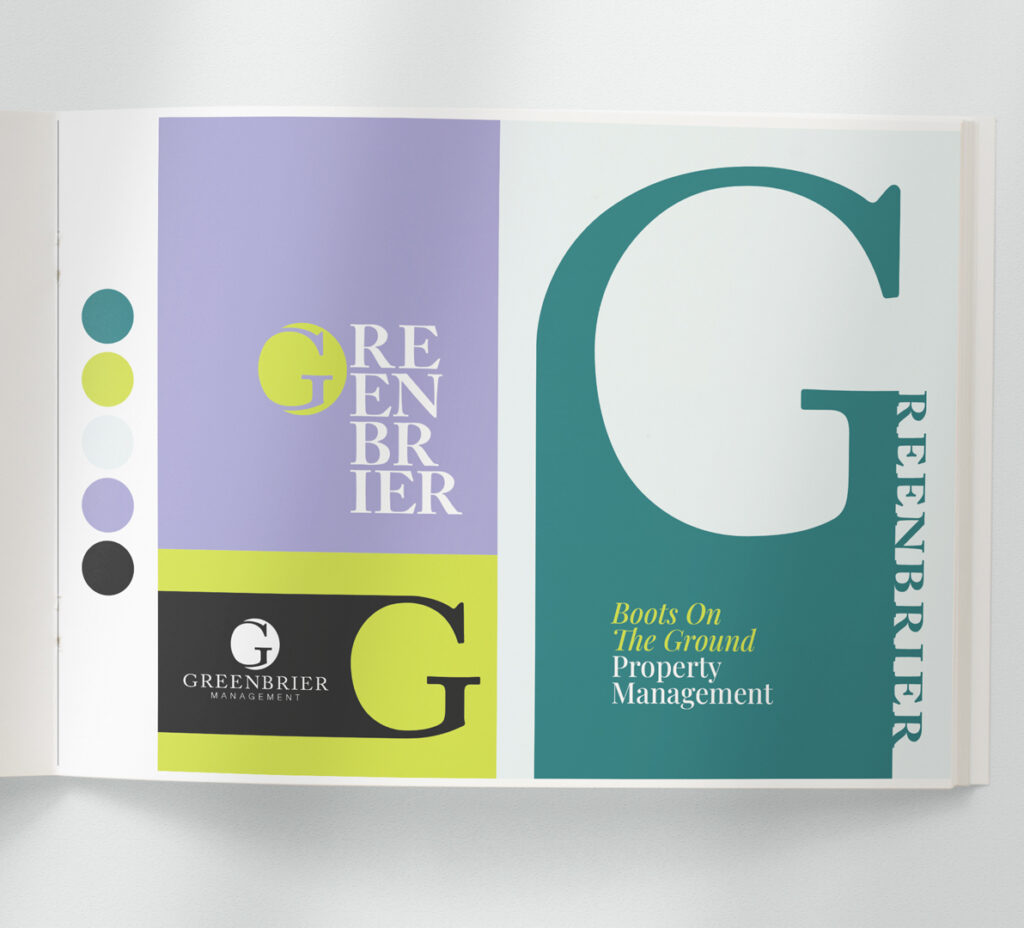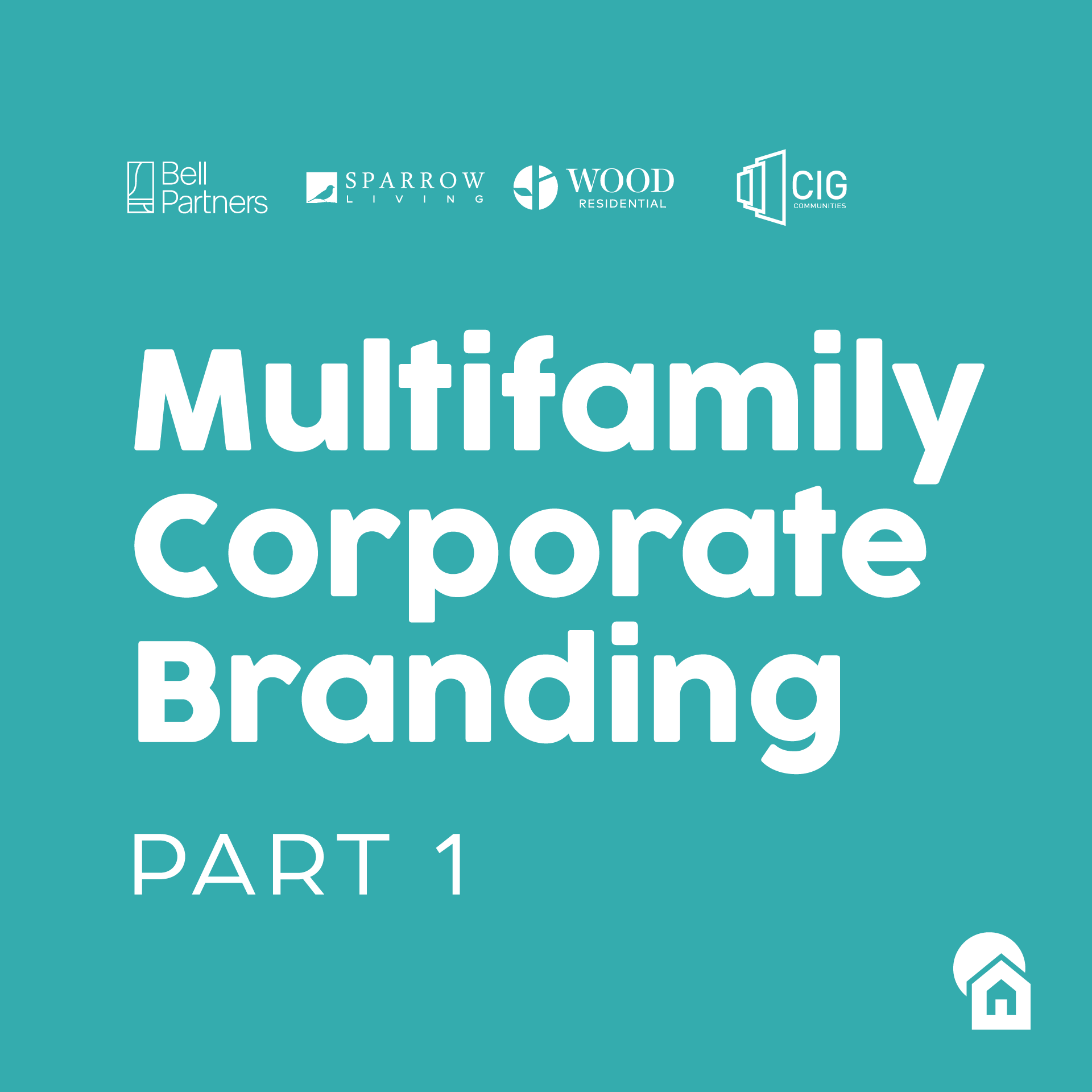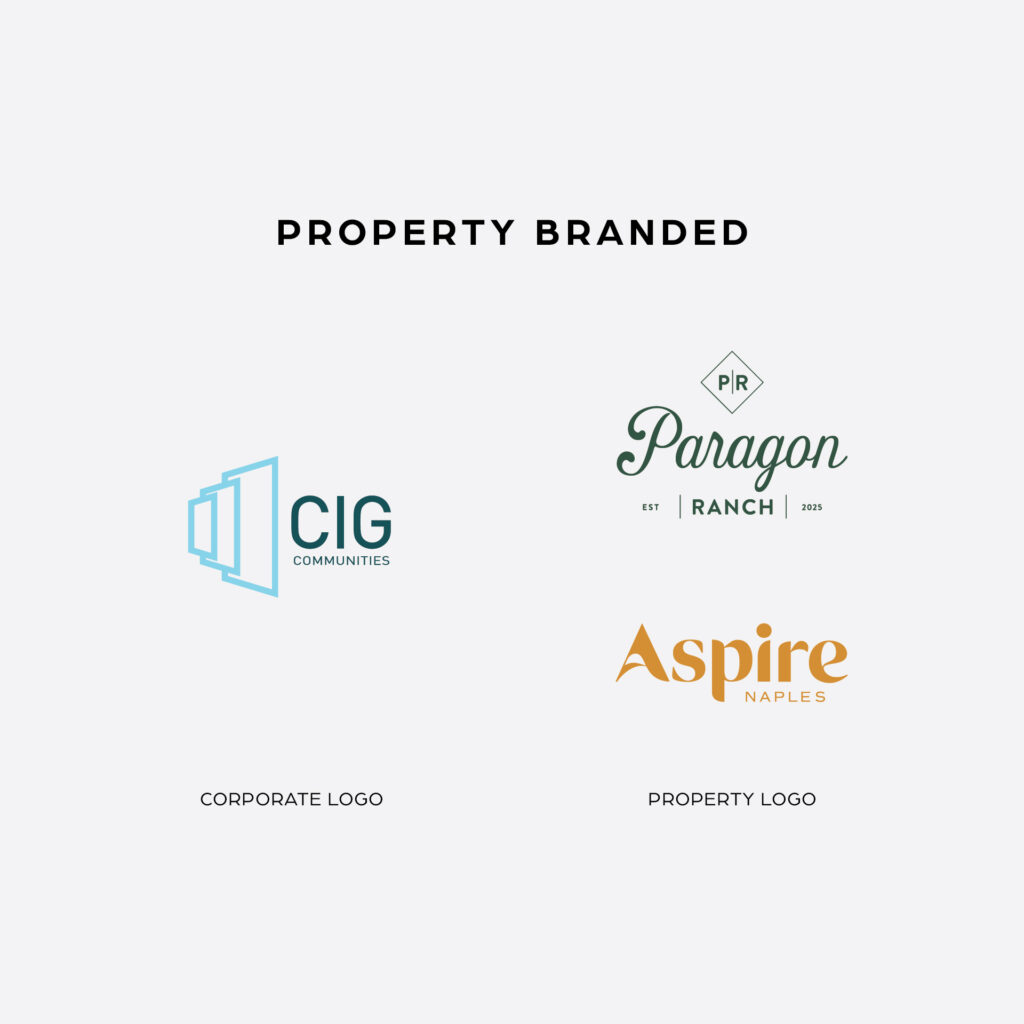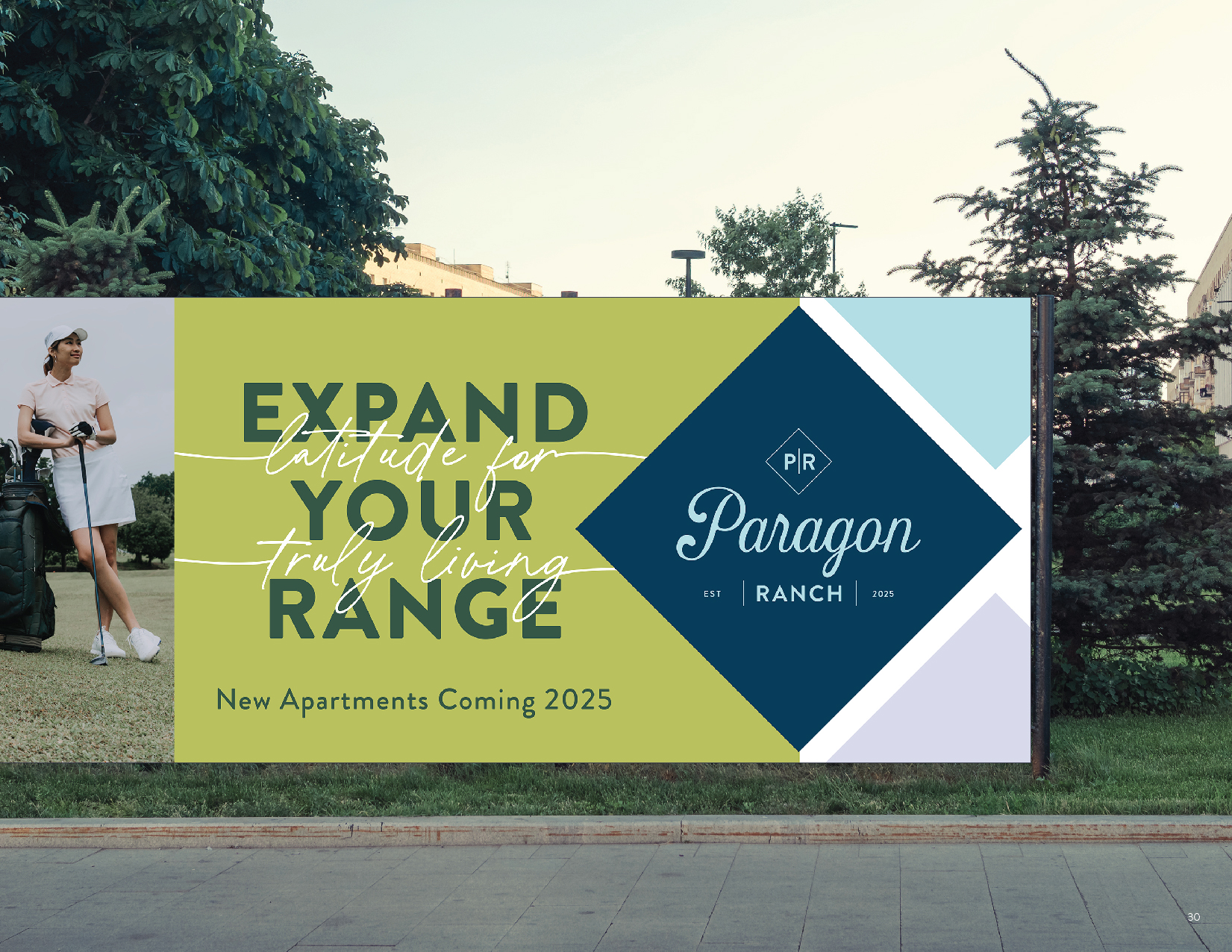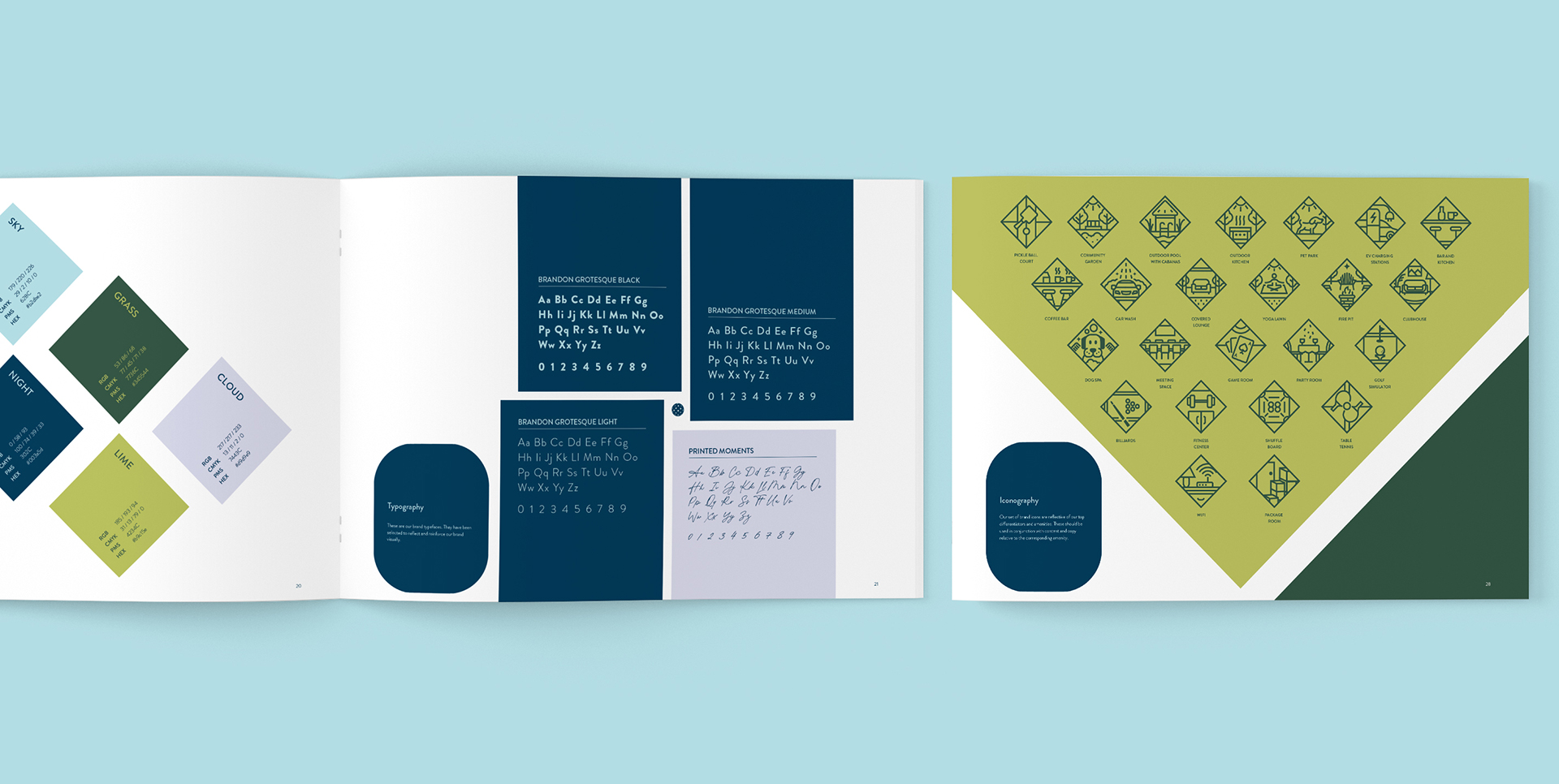Pre-Leasing Marketing Guide: How Strategic Branding Accelerates Multifamily Lease-Ups
Pre-leasing a multifamily development isn’t just about meeting financial goals—it’s about creating momentum that accelerates revenue, boosts early occupancy, and demonstrates performance to stakeholders who want to see results from day one. The secret weapon? Strategic apartment brand development that distinguishes your community from the competition.
Smart multifamily pre-leasing marketing serves as an early litmus test: If units lease too quickly, you might have underpriced. If interest is sluggish, you could be aiming too high. The goal is striking the right balance through a well-informed strategy that puts branding at the center.
Why Multifamily Branding Drives Pre-Leasing Success
In today’s saturated apartment market, branding isn’t just visual identity—it’s your strategic advantage. While your community might offer similar two-bedroom, two-bath layouts as competitors, how it’s positioned, branded, and marketed makes it the clear choice for your ideal residents.
Effective apartment brand development creates familiarity and trust long before someone steps foot on the property. The name, visual identity, and messaging work together to build an emotional connection that accelerates lease-up timelines and supports premium pricing.
During pre-leasing, when physical tours may be limited and digital impressions carry significant weight, branded assets—consistent visuals, messaging, and tone—become what prospects remember, share, and return to. Strong apartment community first impressions are crucial when you’re selling a vision rather than a finished building.
As NMHC research indicates, successful multifamily marketing requires understanding residents and prospects at a deeper level, making branding essential for connecting with your target demographic before they ever visit your property.
Pre-Leasing Marketing Strategy: From Interest to Intent
High-performing multifamily lease-up marketing bridges brand awareness and lead conversion through early activation strategies. This phase often begins before the leasing office opens or construction vehicles arrive on-site, giving prospective residents something concrete to connect with.
The Pre-Leasing Challenge: During pre-leasing, you’re selling a vision, not a finished building. The lead nurturing cycle extends to 3-6 months compared to just weeks for stabilized properties. Tour-to-lease ratios typically run 30-50% during pre-leasing and early opening phases.
Early Activation Tactics:
- Eye-catching construction signage showcasing what’s coming
- Simple landing pages capturing interest lists
- Regular branded email campaigns maintaining momentum
- Strategic neighborhood buzz-building
Construction sites naturally spark curiosity—don’t miss the opportunity to activate that interest. Use branded signage directing people to landing pages where they can join your insider list, creating the foundation for word-of-mouth marketing.
Essential Elements of Apartment Brand Development
For better pre-leasing results, invest in comprehensive apartment brand development well before marketing begins. Timing is critical—ideally starting 18-24 months before first unit delivery.
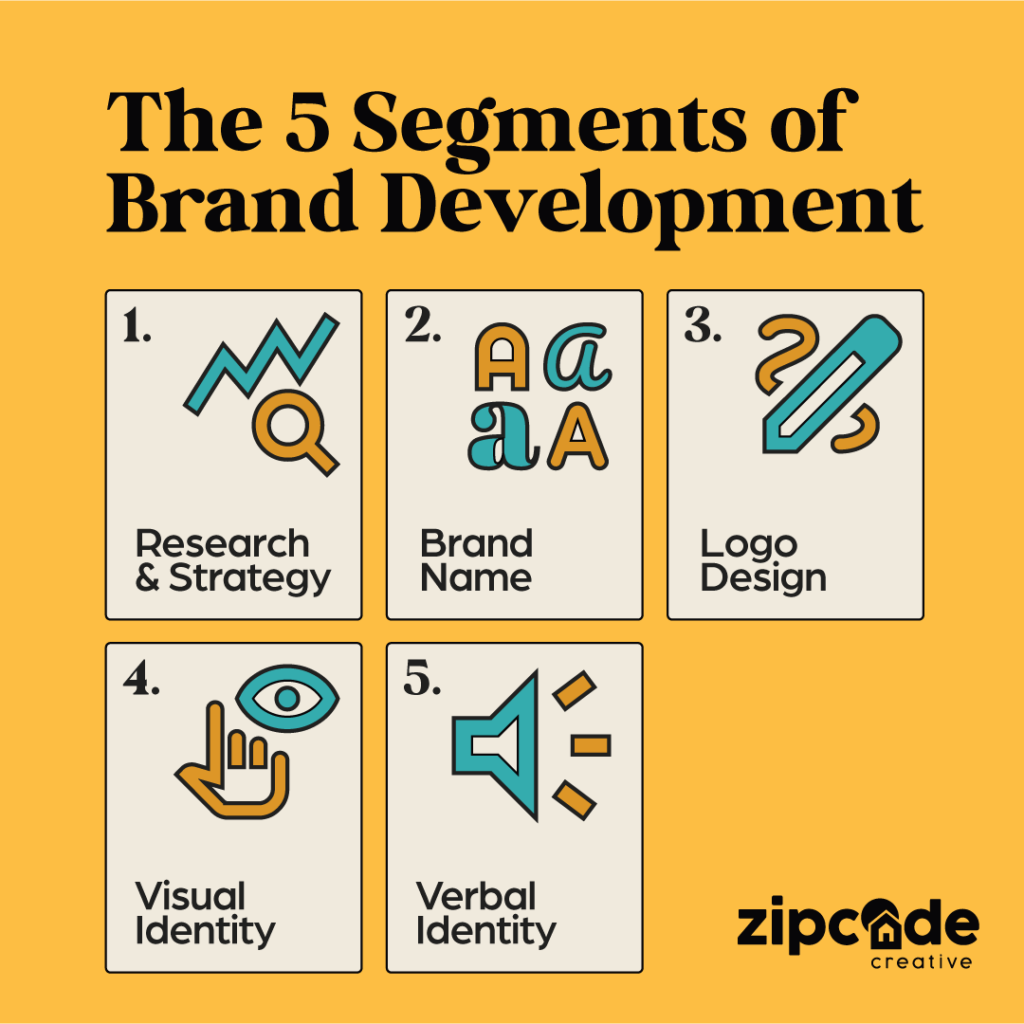
Core Brand Development Components:
Research & Strategy Analyze demographics, psychographics, and geographics to create detailed resident personas that inform every branding decision.
Strategic Naming Choose names that set your community apart while remaining pronounceable and memorable. Always check availability and avoid geographic conflicts.
Visual Identity System Develop logos, color palettes, typography, and design elements that create lasting impressions and work across all touchpoints.
Verbal Identity Framework Craft mission, vision, values, taglines, and messaging that tell your community’s story authentically.
Brand Guidelines Create comprehensive guidelines ensuring consistency across all team members and marketing channels.
Proper brand implementation makes everything easier—from recognition building to maintaining consistency across your entire marketing ecosystem.
Fair Housing Compliance When developing your brand messaging and marketing materials, ensure compliance with Fair Housing regulations. NMHC guidance on marketing and Fair Housing emphasizes the importance of inclusive marketing that reaches diverse audiences while avoiding discriminatory targeting practices.
Multifamily Pre-Leasing Marketing Timeline
Phase I: Foundation & Early Activation (18-12 Months Before Opening)
- Complete market research and resident profiling
- Develop core brand identity and messaging
- Launch construction site signage and early landing page
- Begin building interest lists through community outreach
Phase II: Brand Development & Strategy (12-6 Months Before Opening)
- Finalize comprehensive brand identity system
- Develop full website with floor plans and renderings
- Create marketing collateral and sales materials
- Implement CRM and application systems
- Launch social media presence
Phase III: Active Pre-Leasing (6 Months to Opening)
- Execute full digital advertising campaigns
- Produce high-quality photography and video content
- Launch email marketing and lead nurturing sequences
- Begin active outreach and community engagement
- Host virtual tours and hard-hat experiences when possible
Phase IV: Grand Opening & Stabilization (Opening Day Forward)
- Transition messaging to move-in readiness
- Replace renderings with actual property photography
- Implement resident retention and community-building programs
- Gather testimonials and online reviews
- Focus on building brand value through resident satisfaction
Pre-Leasing Marketing Best Practices
Digital-First Approach Begin digital advertising 6 months before opening minimum. With new brands, search, social, and PPC strategies need time to build momentum. Target prospects 90-120 days from their planned move with early initiatives.
Content Strategy Create unit-level media, lifestyle imagery, and virtual experiences that build confidence in your opening-day readiness. Late advertising with limited content creates wait-and-see mentality among prospects.
Multi-Channel Presence Use your apartment brand development to create compelling ads across multiple channels. Research shows consumers need 7-8 exposures before taking action, so implement retargeting across social media, Google search, and display networks.
Local Market Integration Activate within your immediate neighborhood through local branding strategies that tap into existing community connections and traffic patterns.
Marketing Automation Integration According to NMHC’s research on marketing automation, successful multifamily firms are leveraging automated systems to nurture prospects throughout the extended pre-leasing cycle, providing transparency into marketing ROI and improving lead conversion rates.
Measuring Pre-Leasing Marketing Success
Track key performance indicators specific to pre-leasing phases:
- Interest list growth and engagement rates
- Website traffic and lead conversion metrics
- Social media engagement and follower growth
- Email open rates and click-through performance
- Tour booking and completion rates
- Lead-to-lease conversion timelines
Industry leaders recognize that integrating marketing and pricing strategies can solve performance issues more effectively than price adjustments alone, making comprehensive measurement crucial for pre-leasing success.
For multifamily marketing professionals seeking continued education and networking opportunities, Cadence Marketing Solutions offers valuable resources and community connections to help optimize pre-leasing strategies and stay current with industry best practices.
Start Your Pre-Leasing Success Story
Successful multifamily pre-leasing marketing isn’t about perfecting every detail—it’s about creating authentic connections with future residents through strategic apartment brand development. When your brand feels real and relatable, prospects can visualize their life at your community before construction even finishes.
The communities that lease fastest aren’t necessarily those with the best amenities—they’re the ones with the strongest brand stories that resonate with their target residents. Start building yours today, and watch how strategic branding transforms interest into signed leases.
Ready to develop a pre-leasing brand strategy that accelerates your lease-up timeline? Our multifamily branding experts help apartment communities nationwide create compelling brand identities that drive faster absorption and premium pricing.
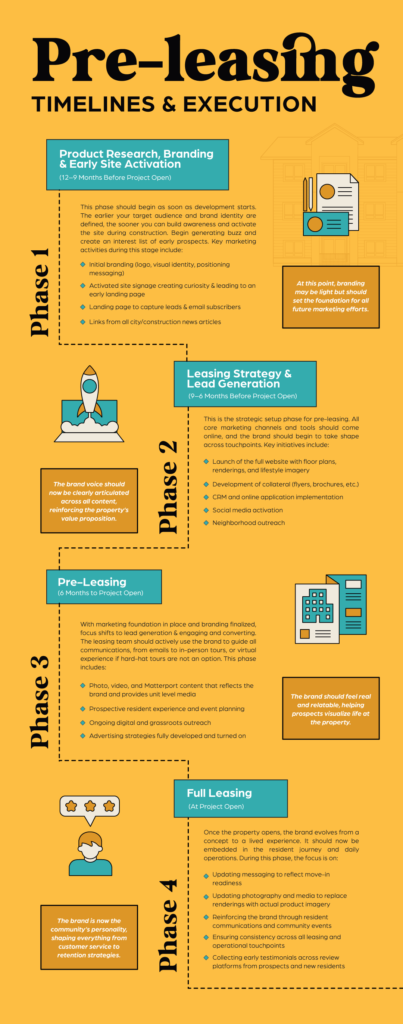
Click thumbnail image above to enlarge.
